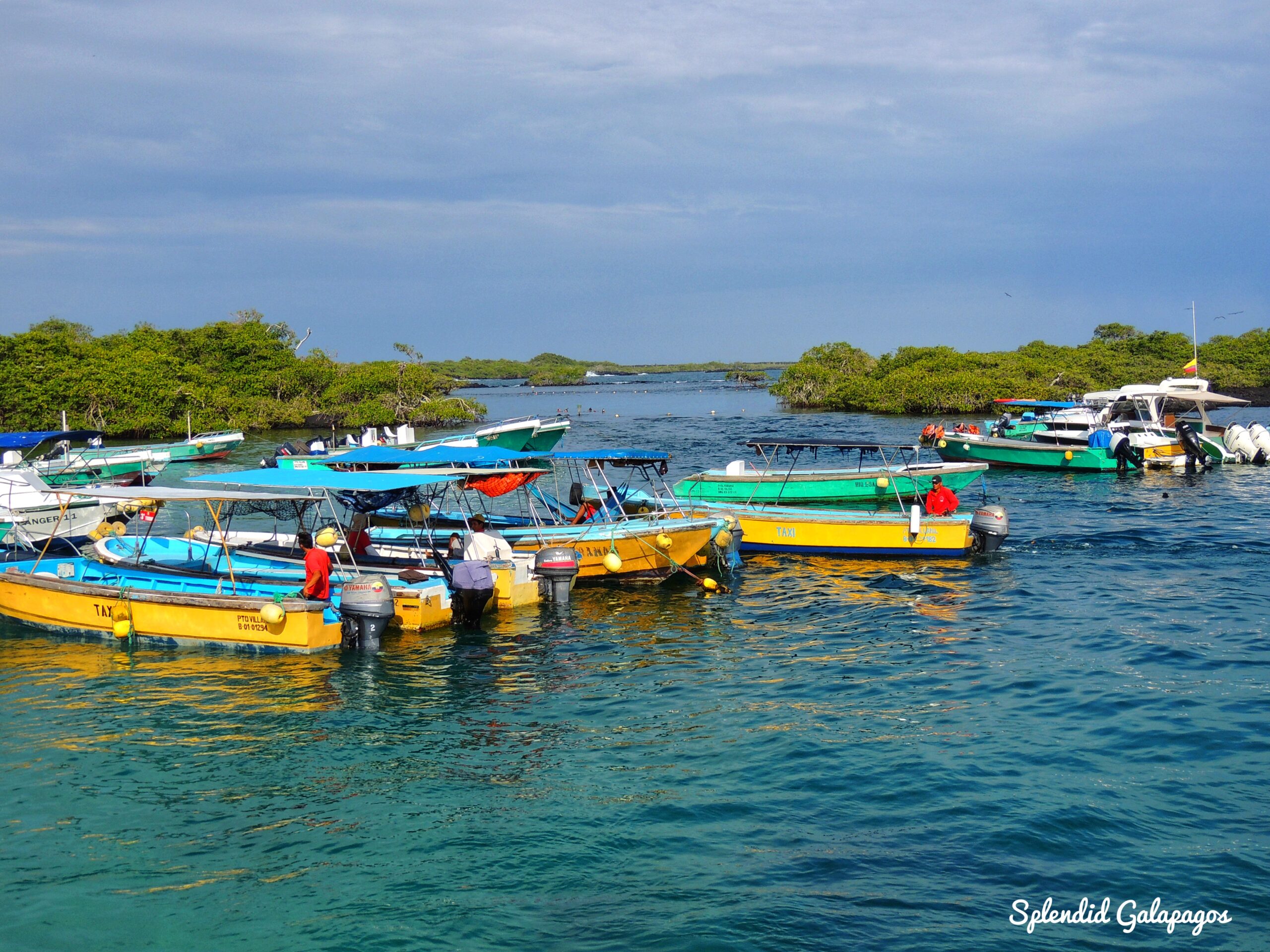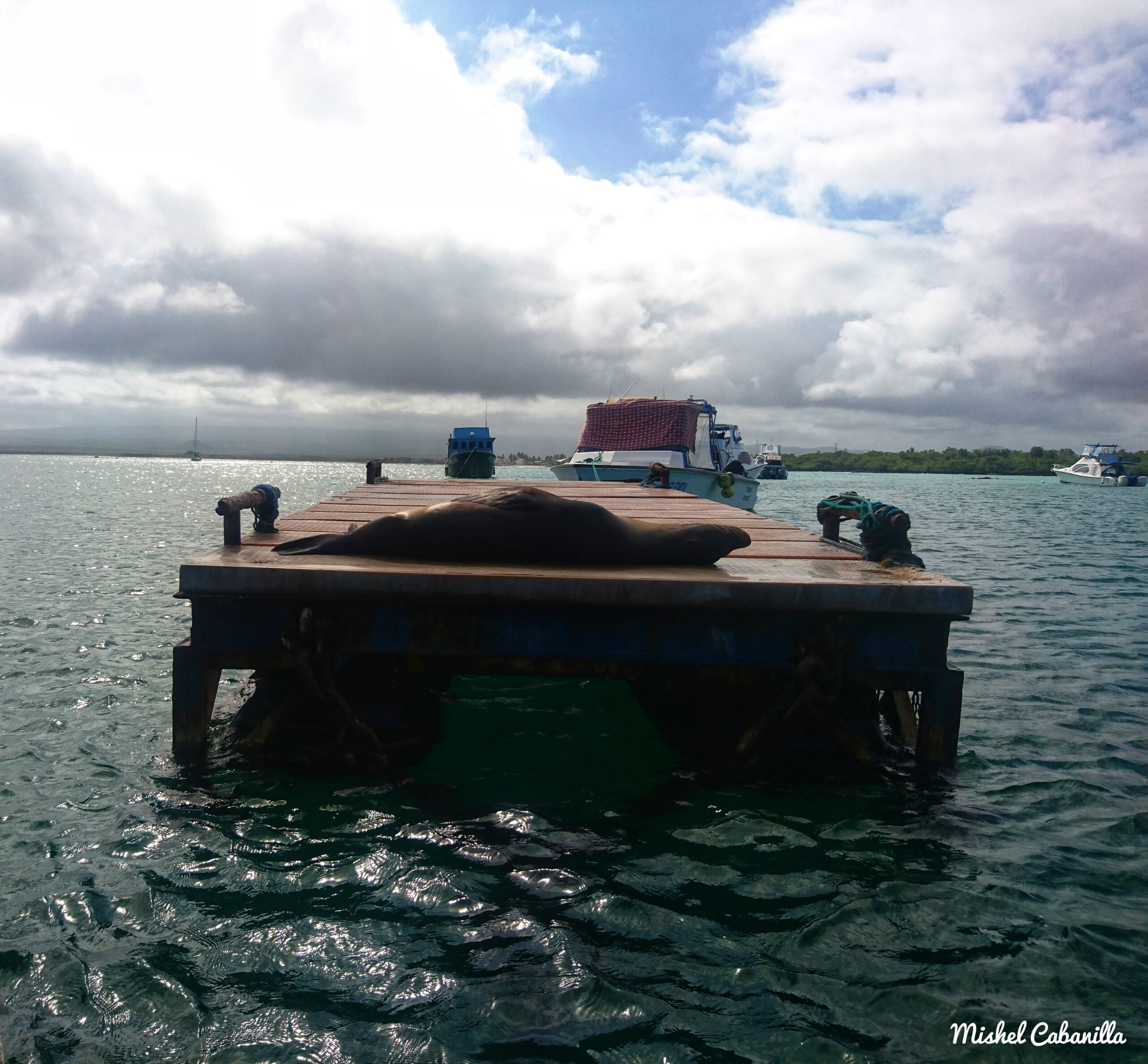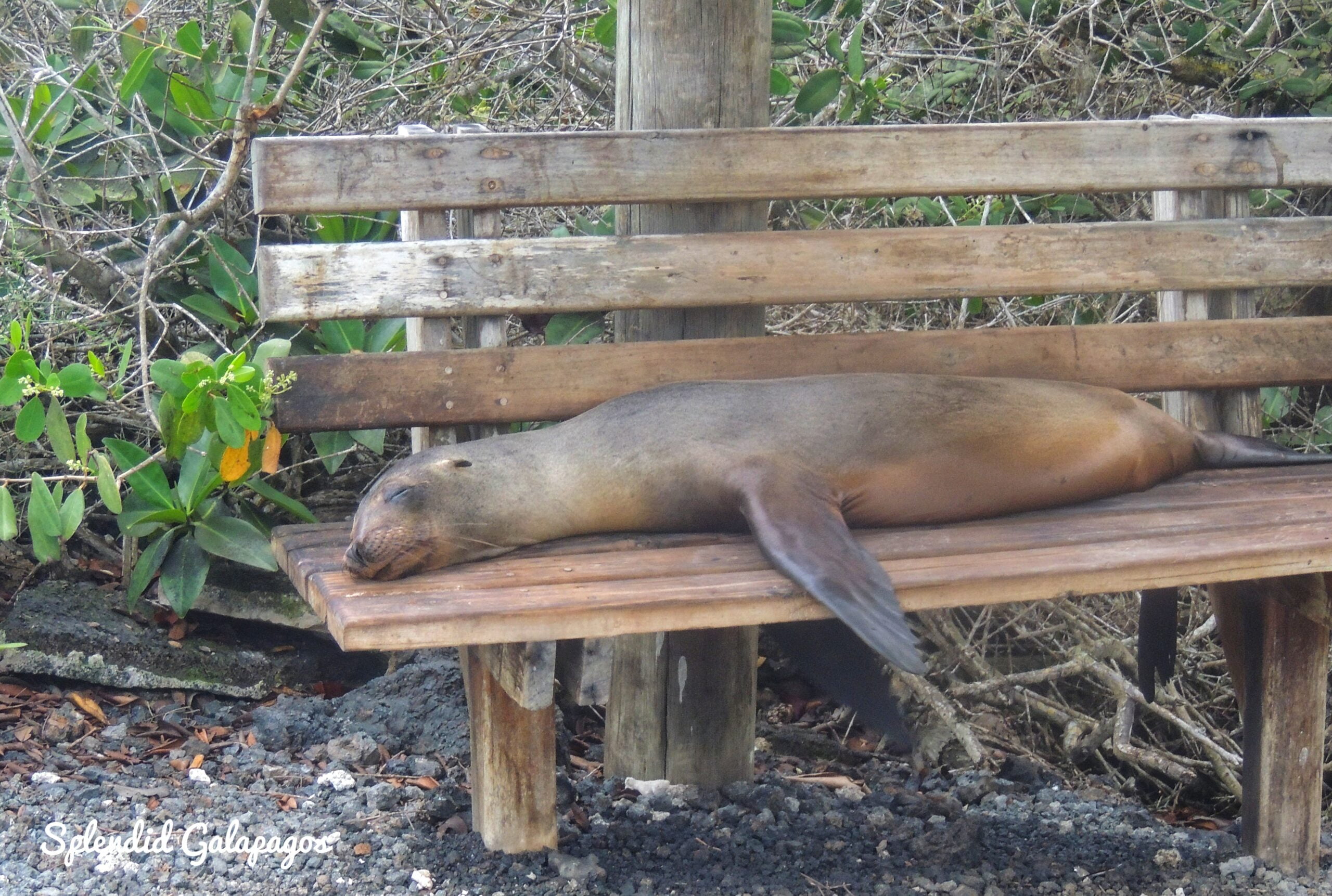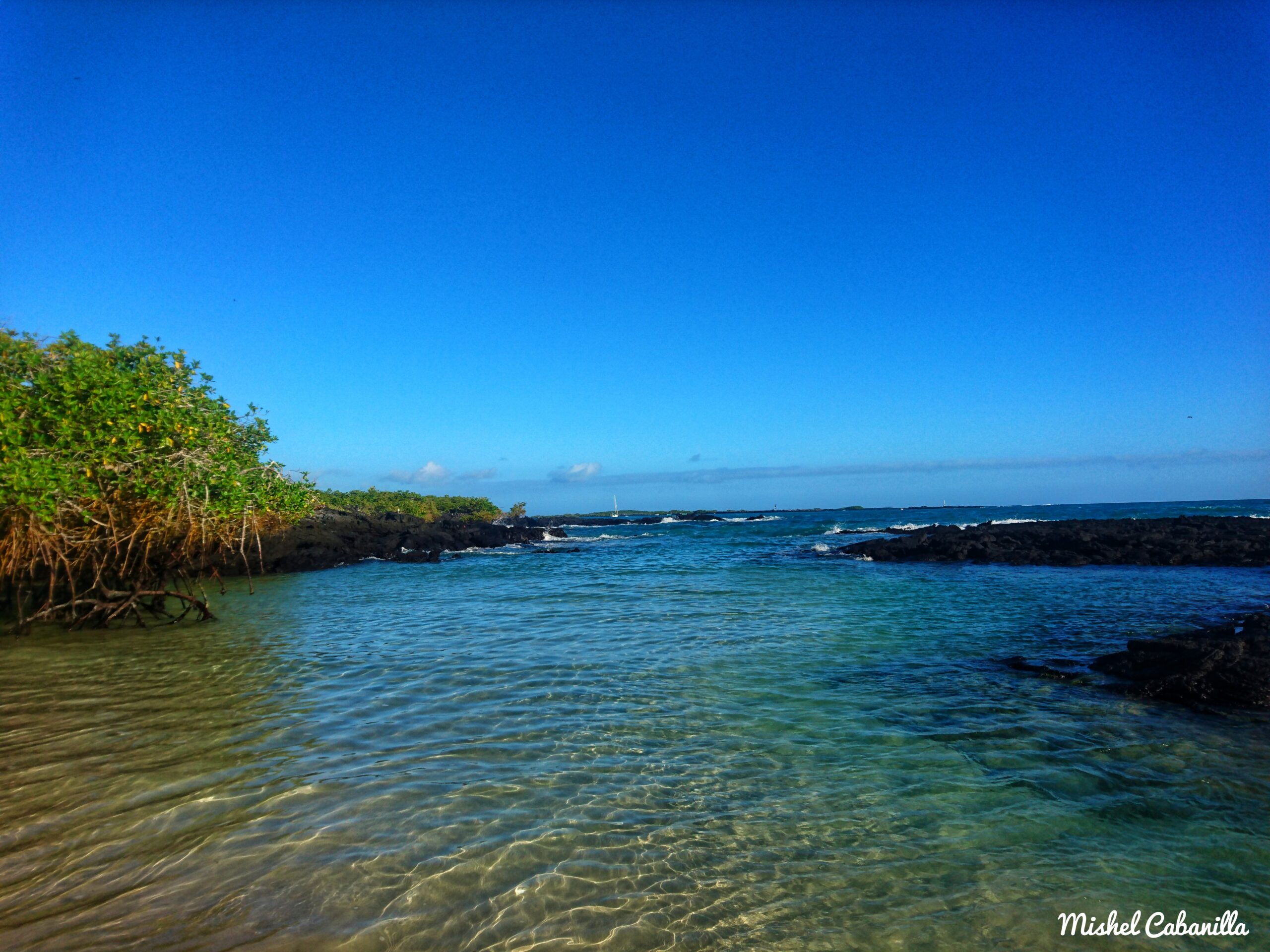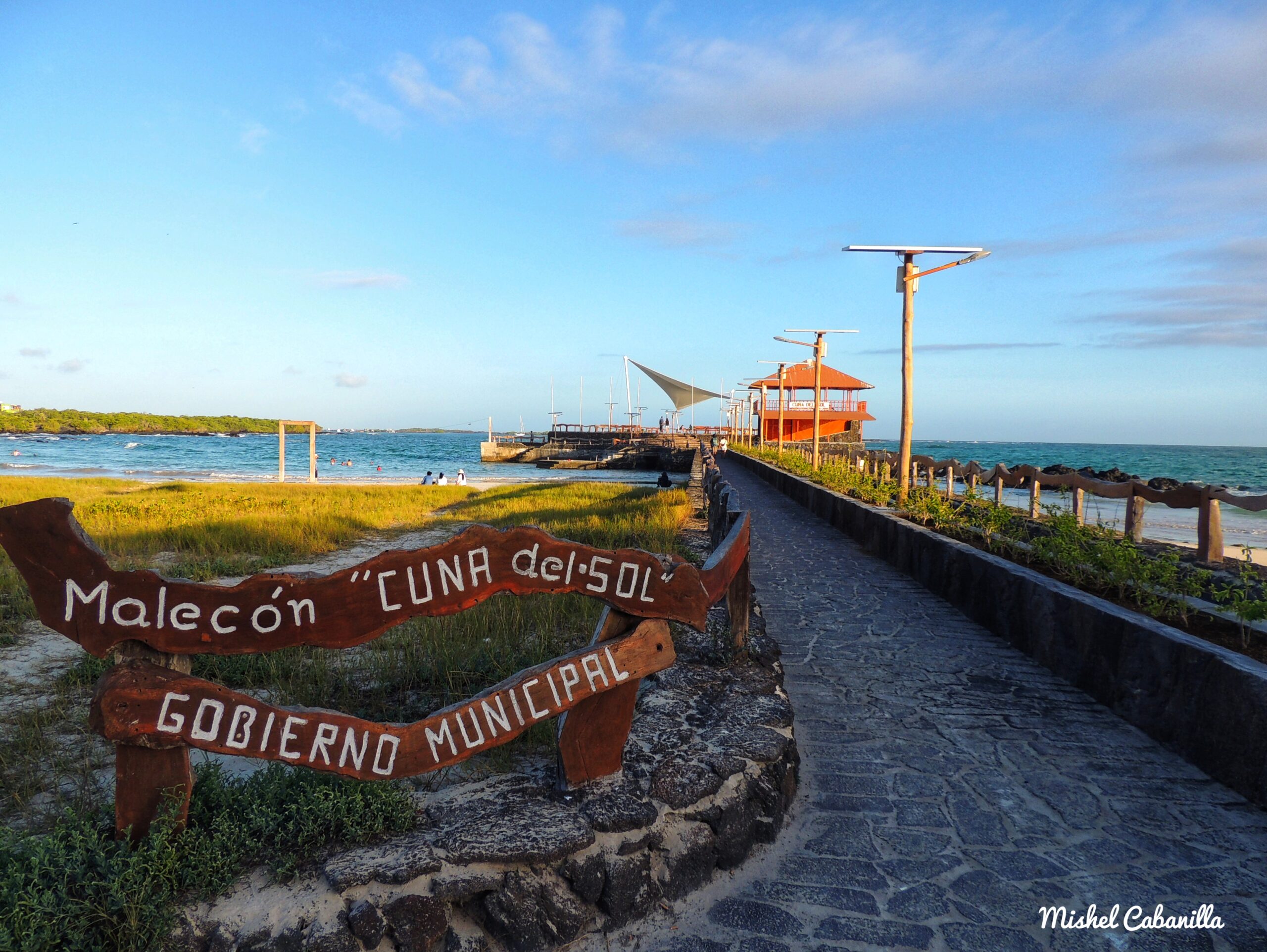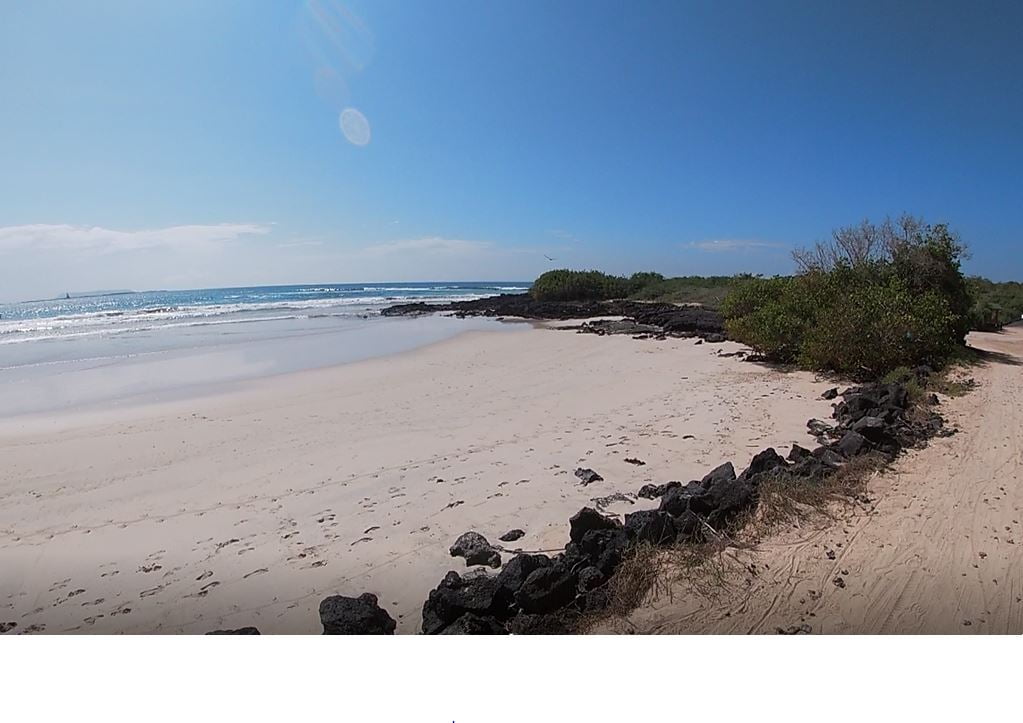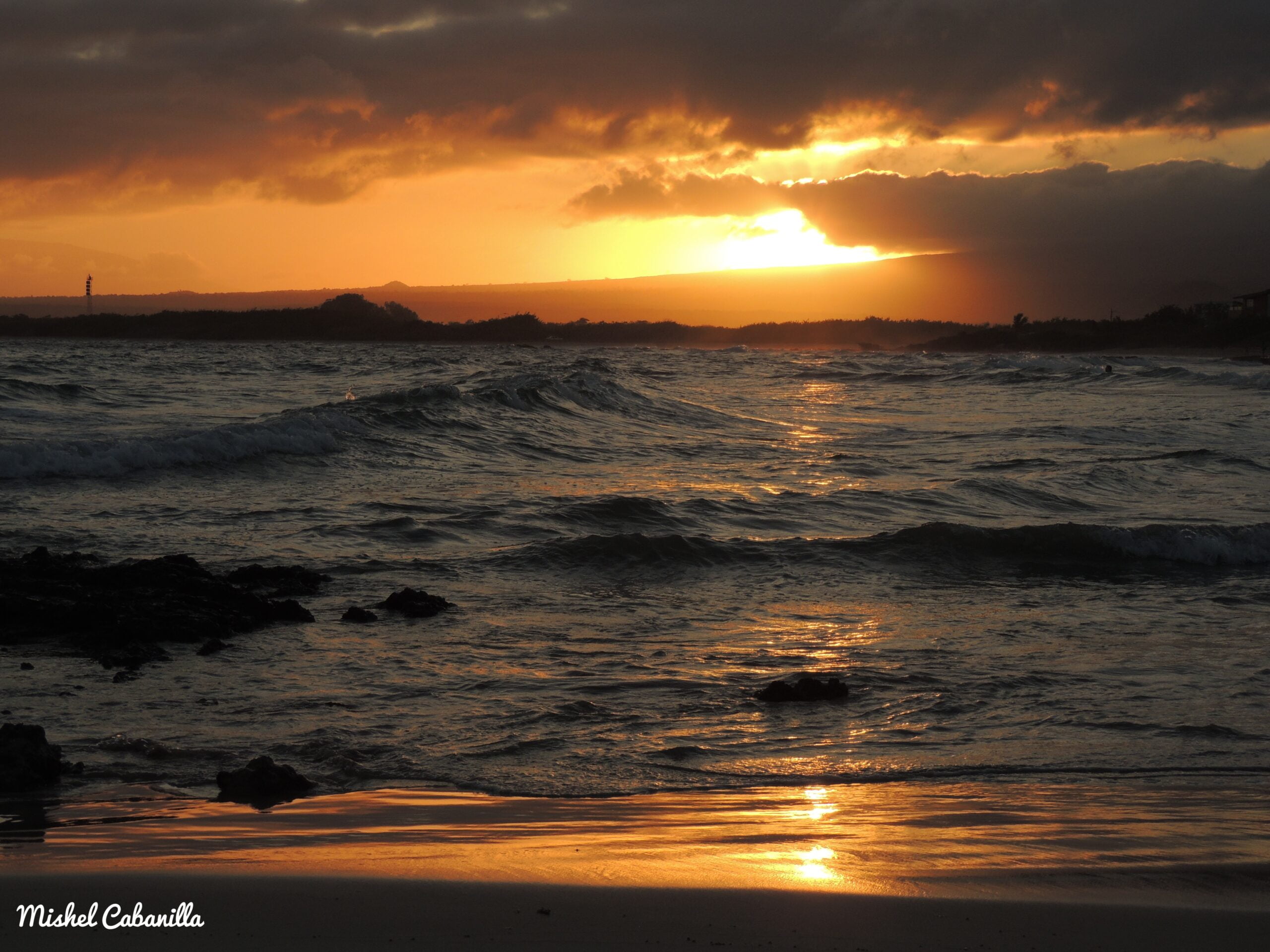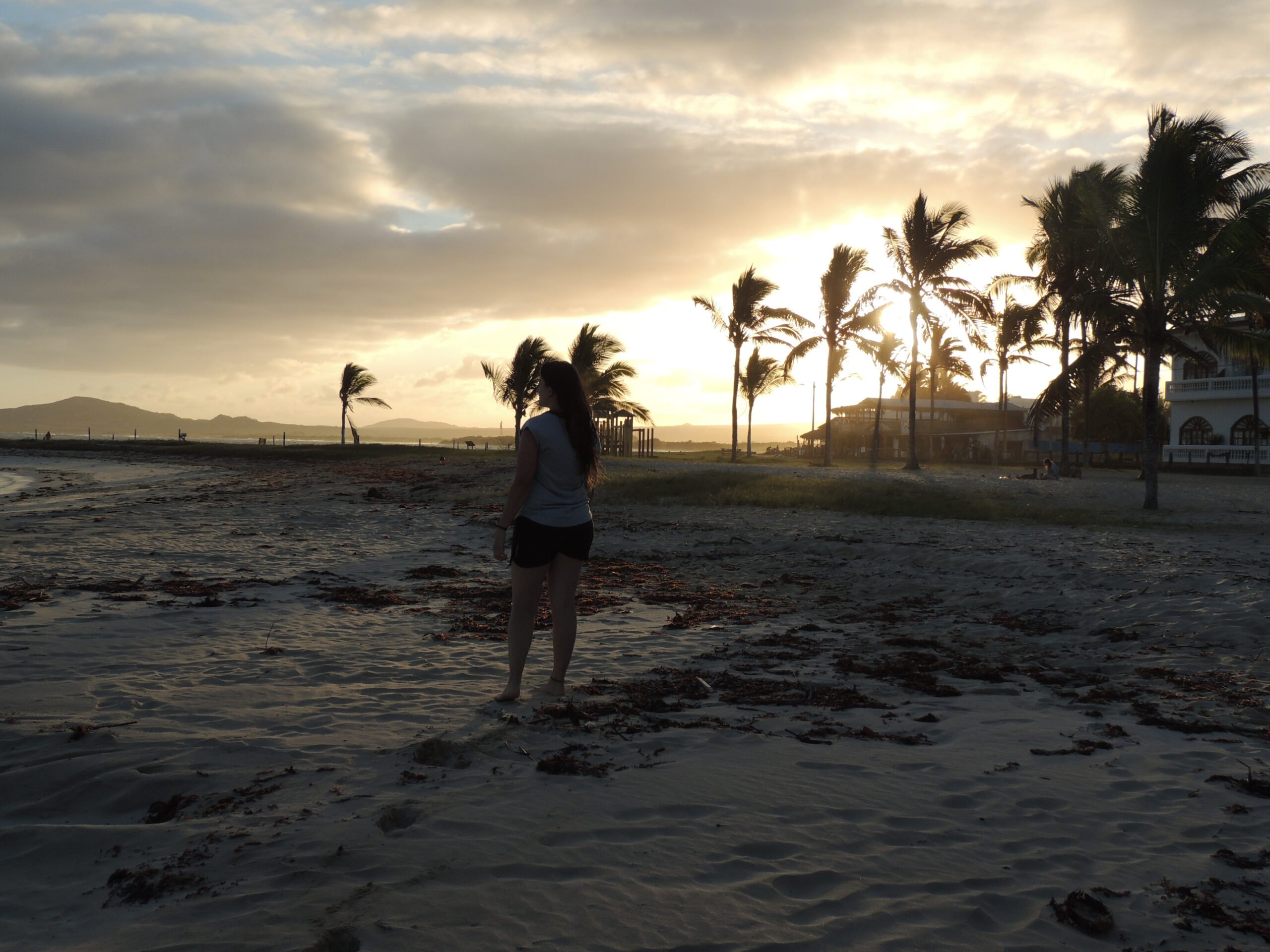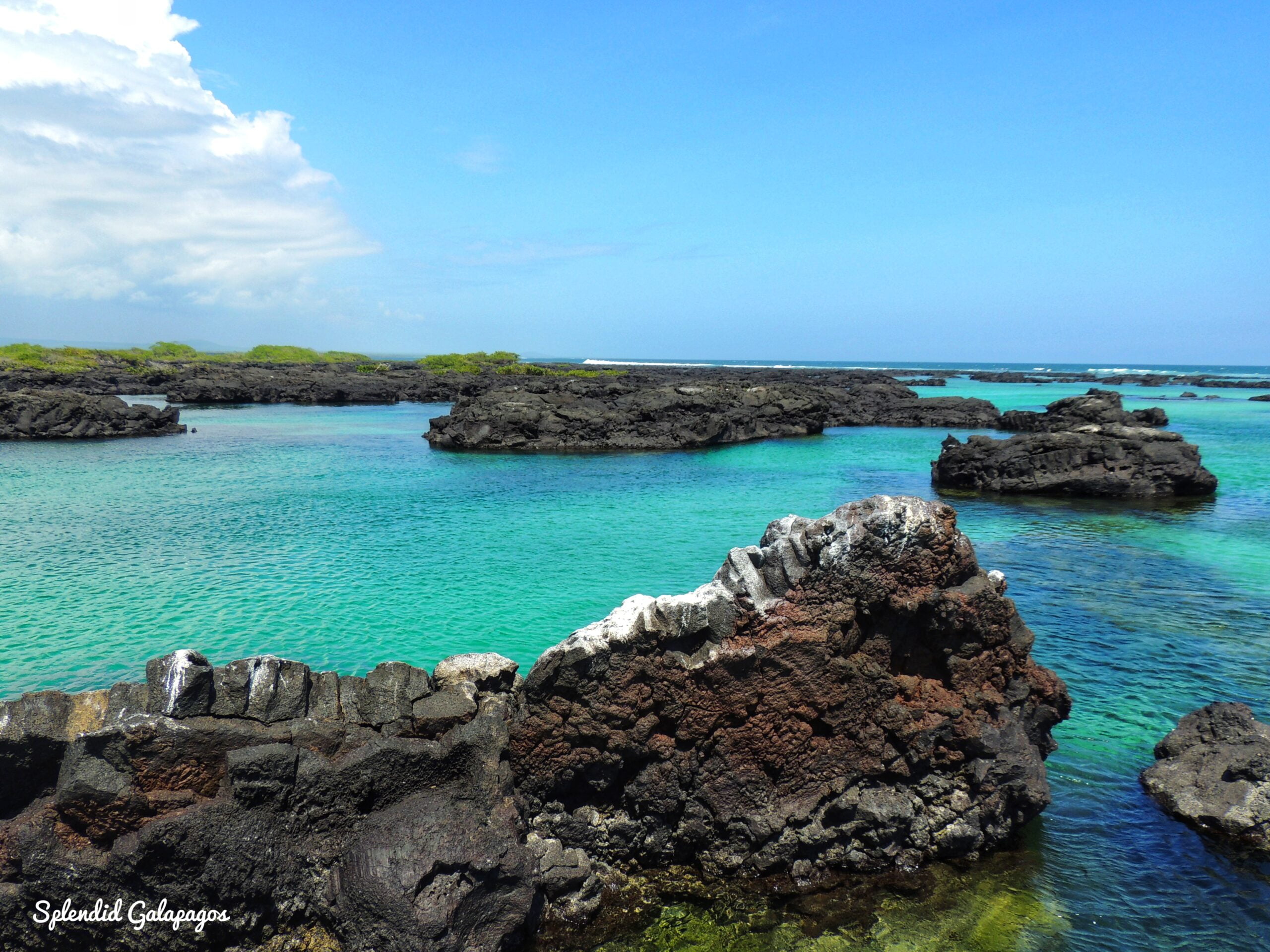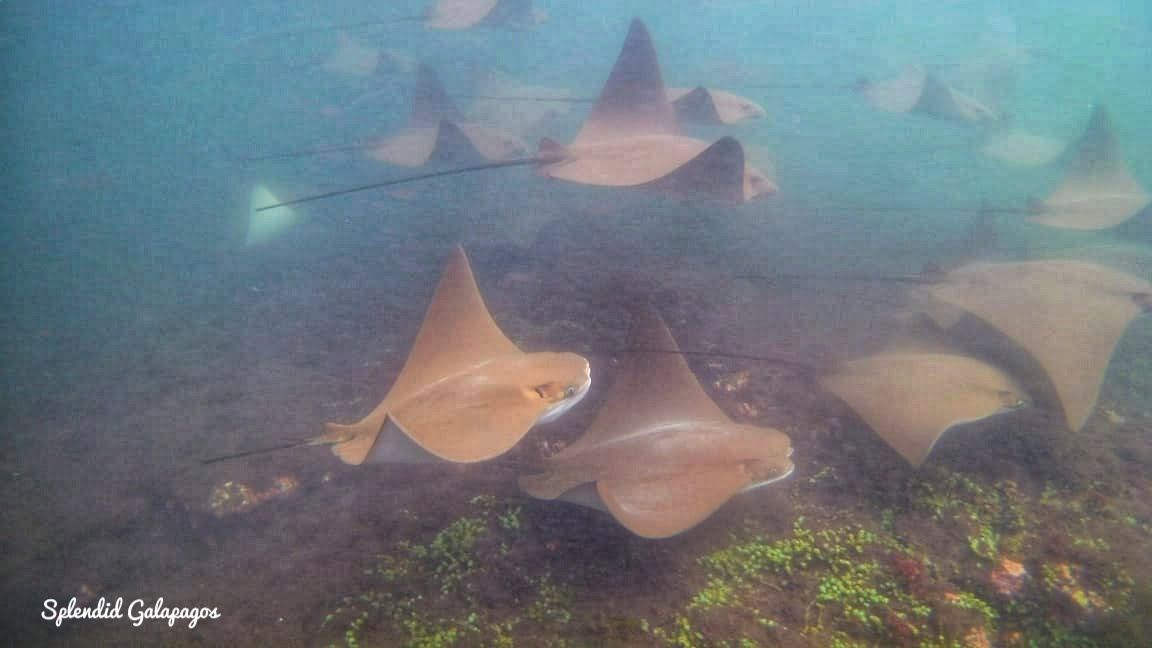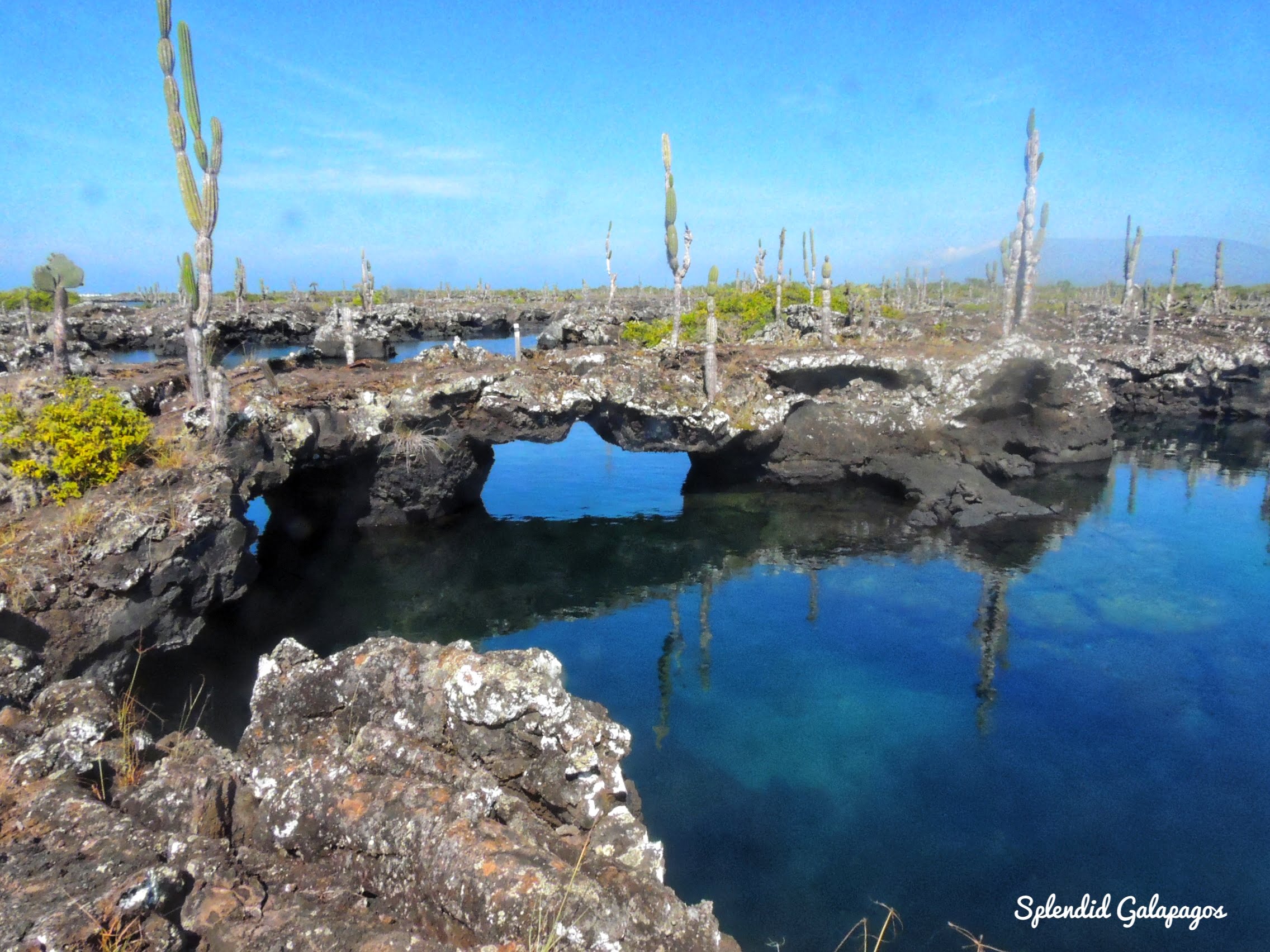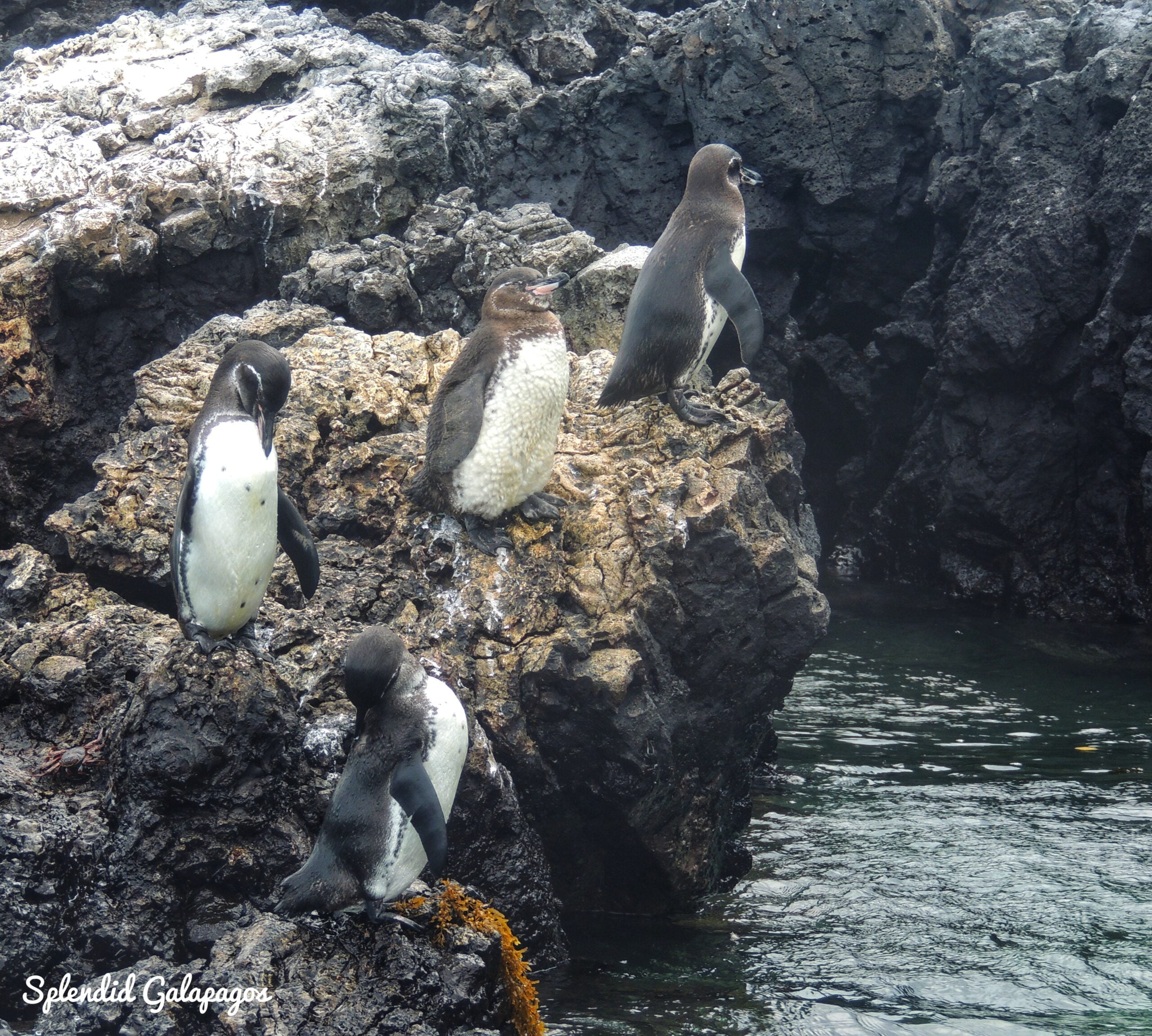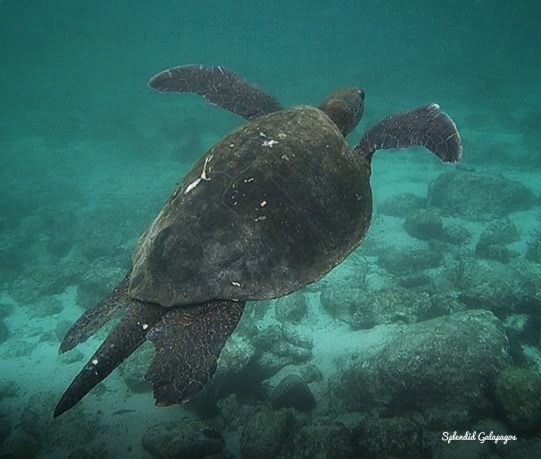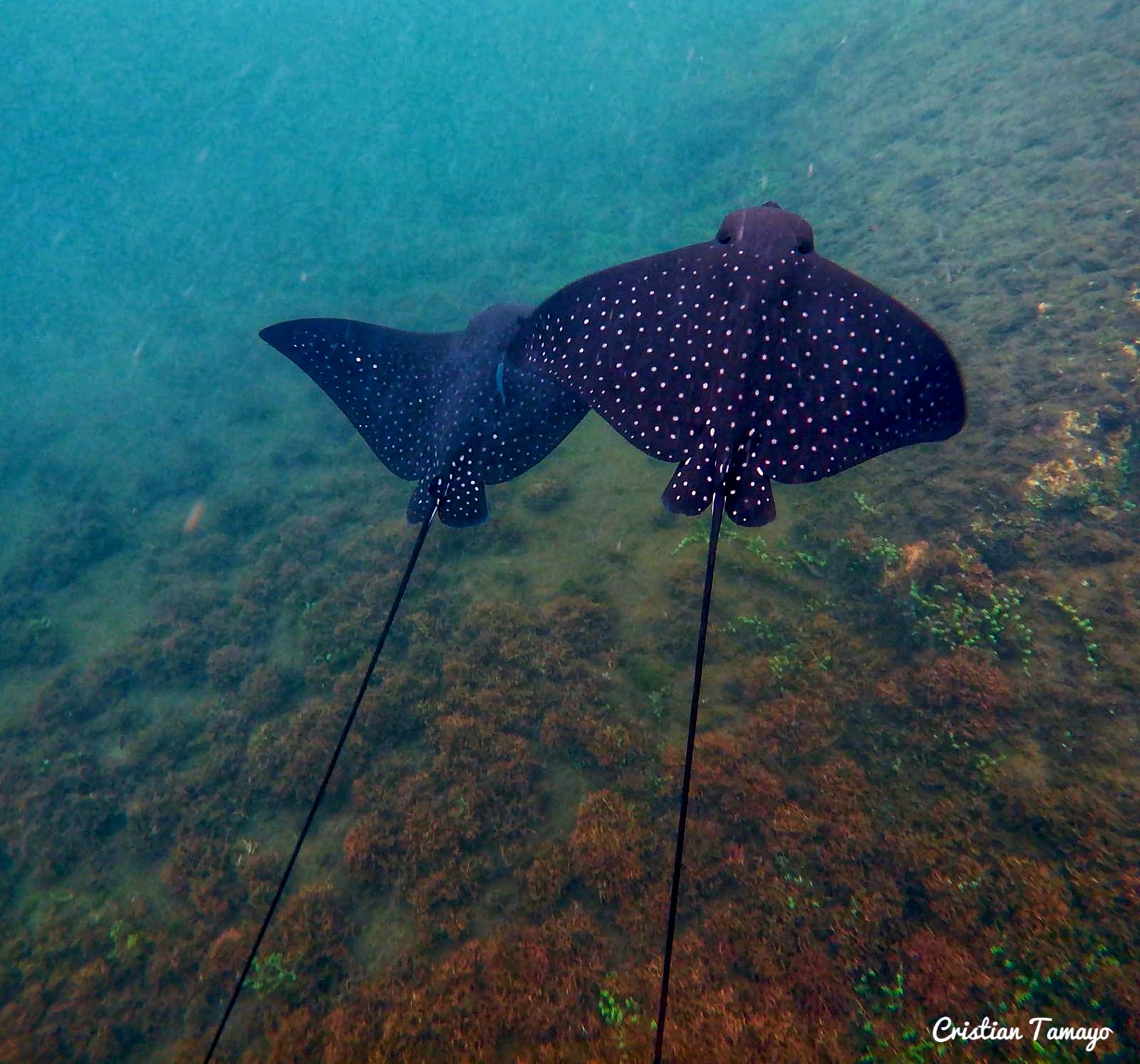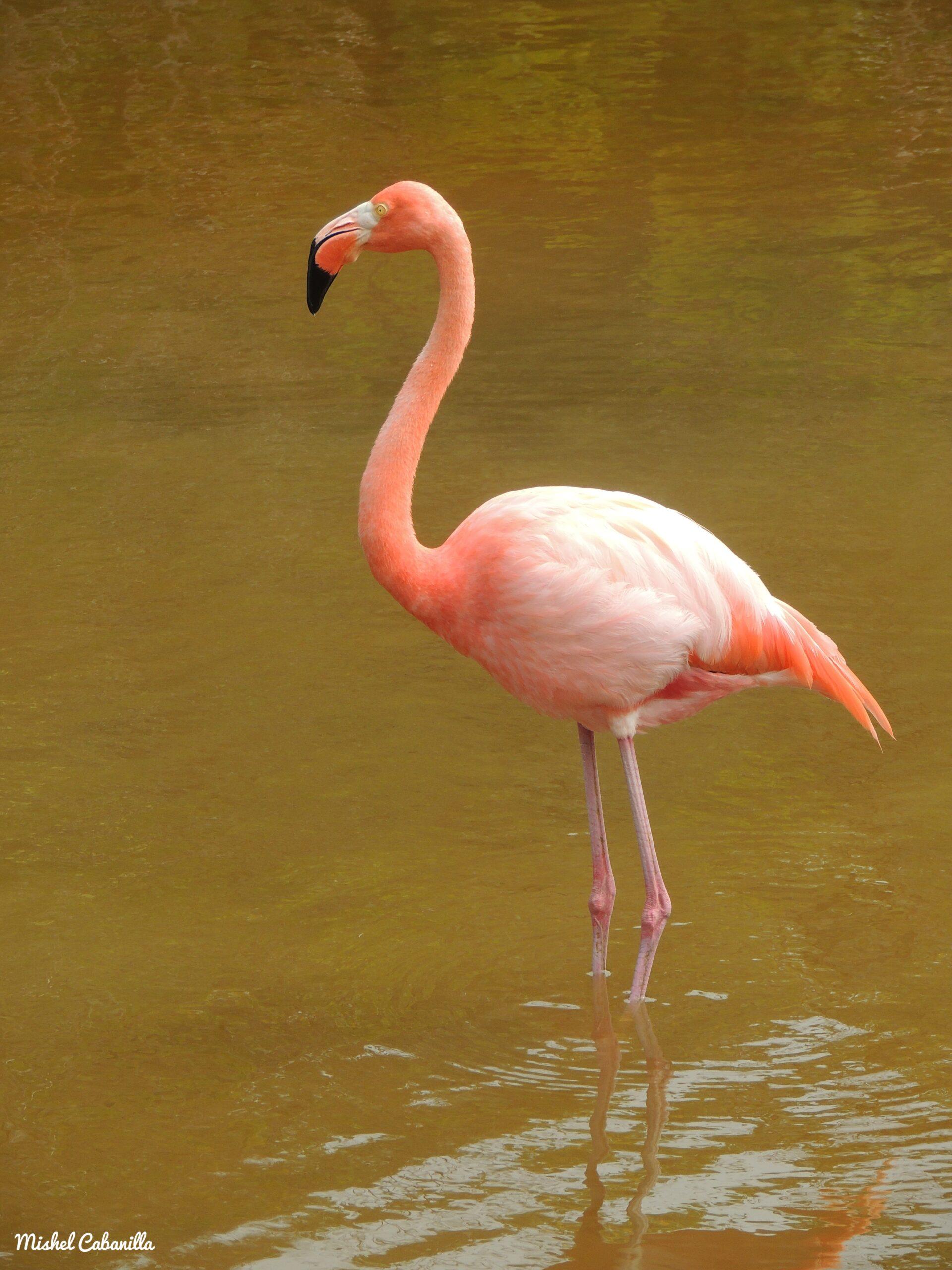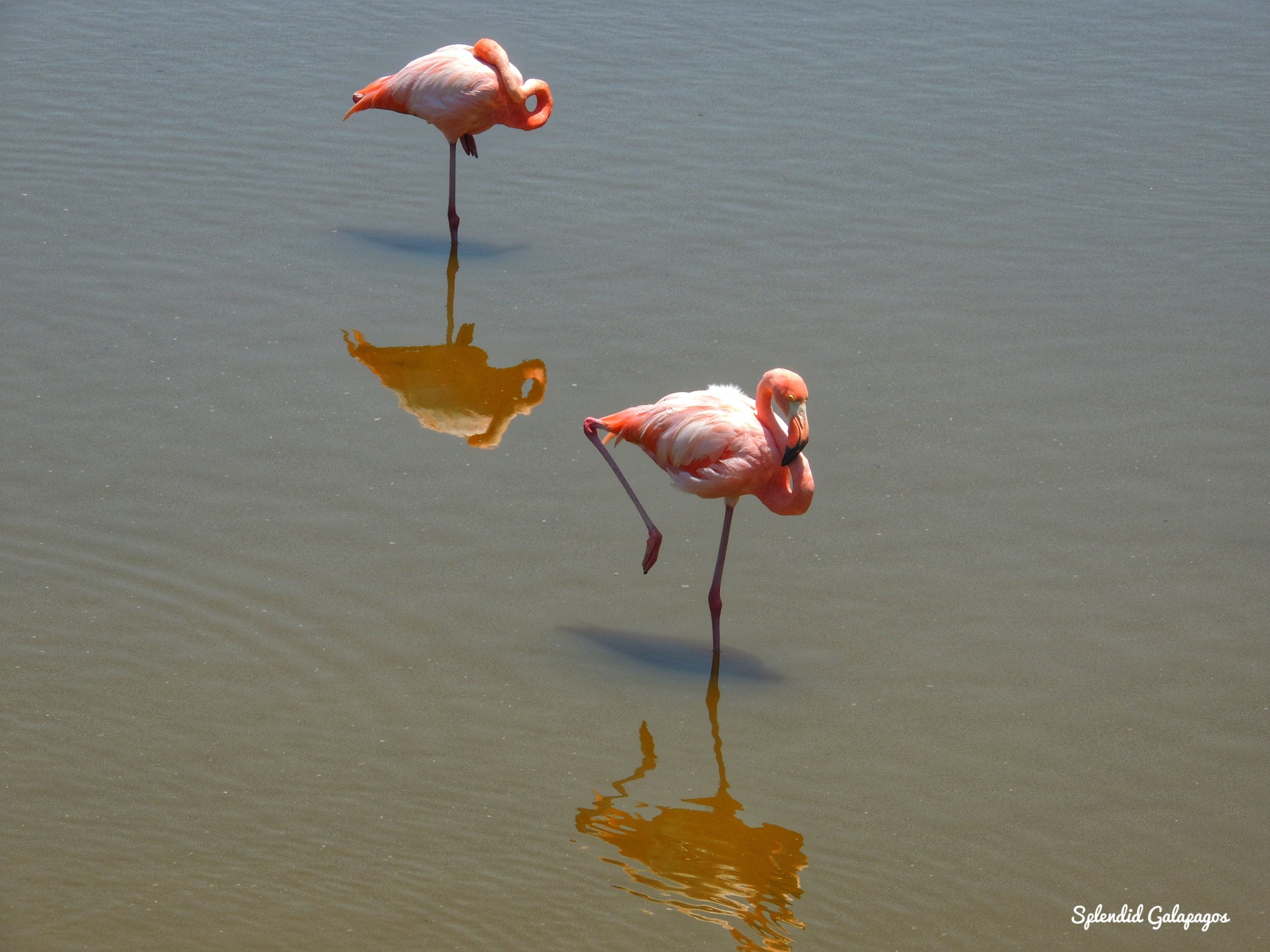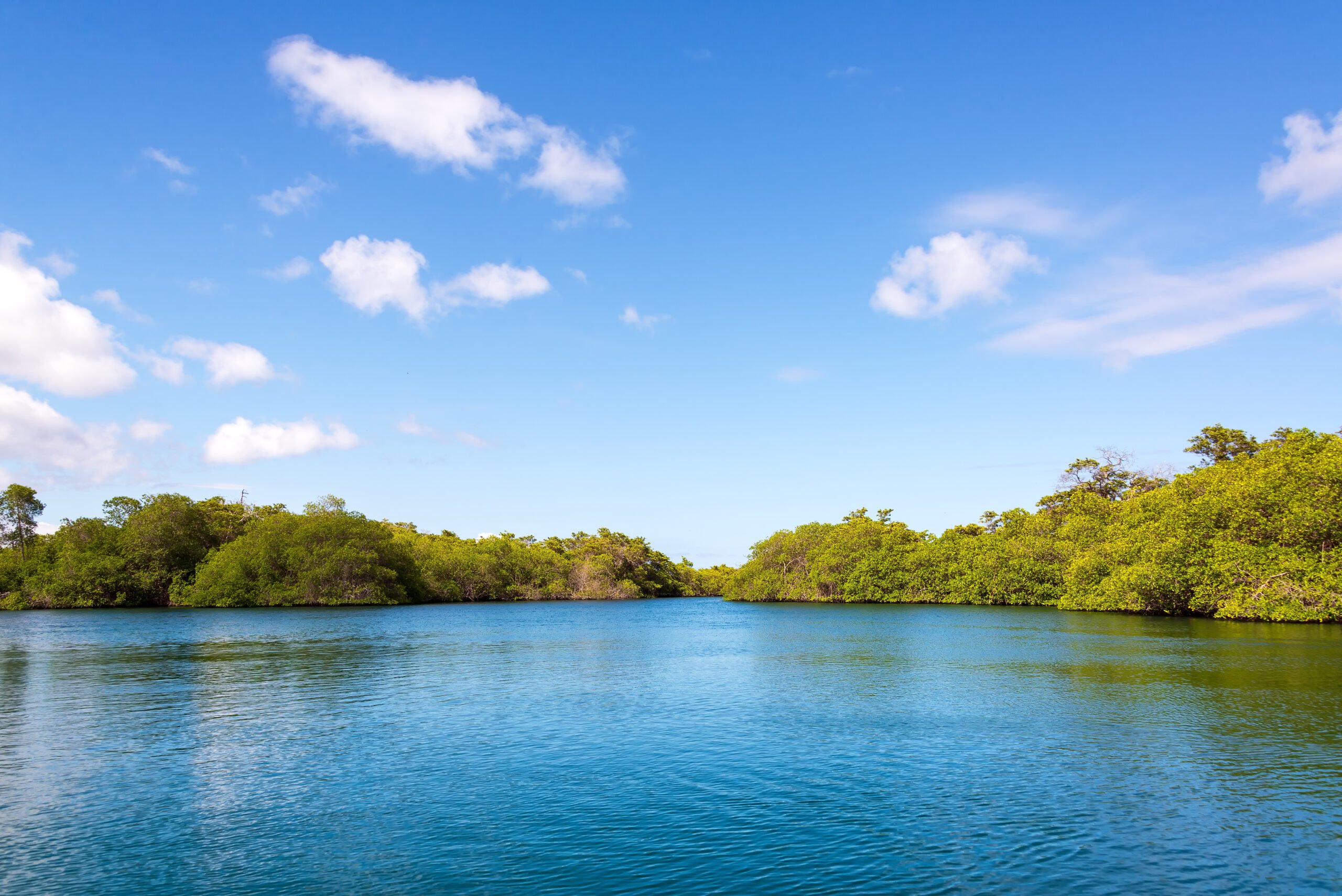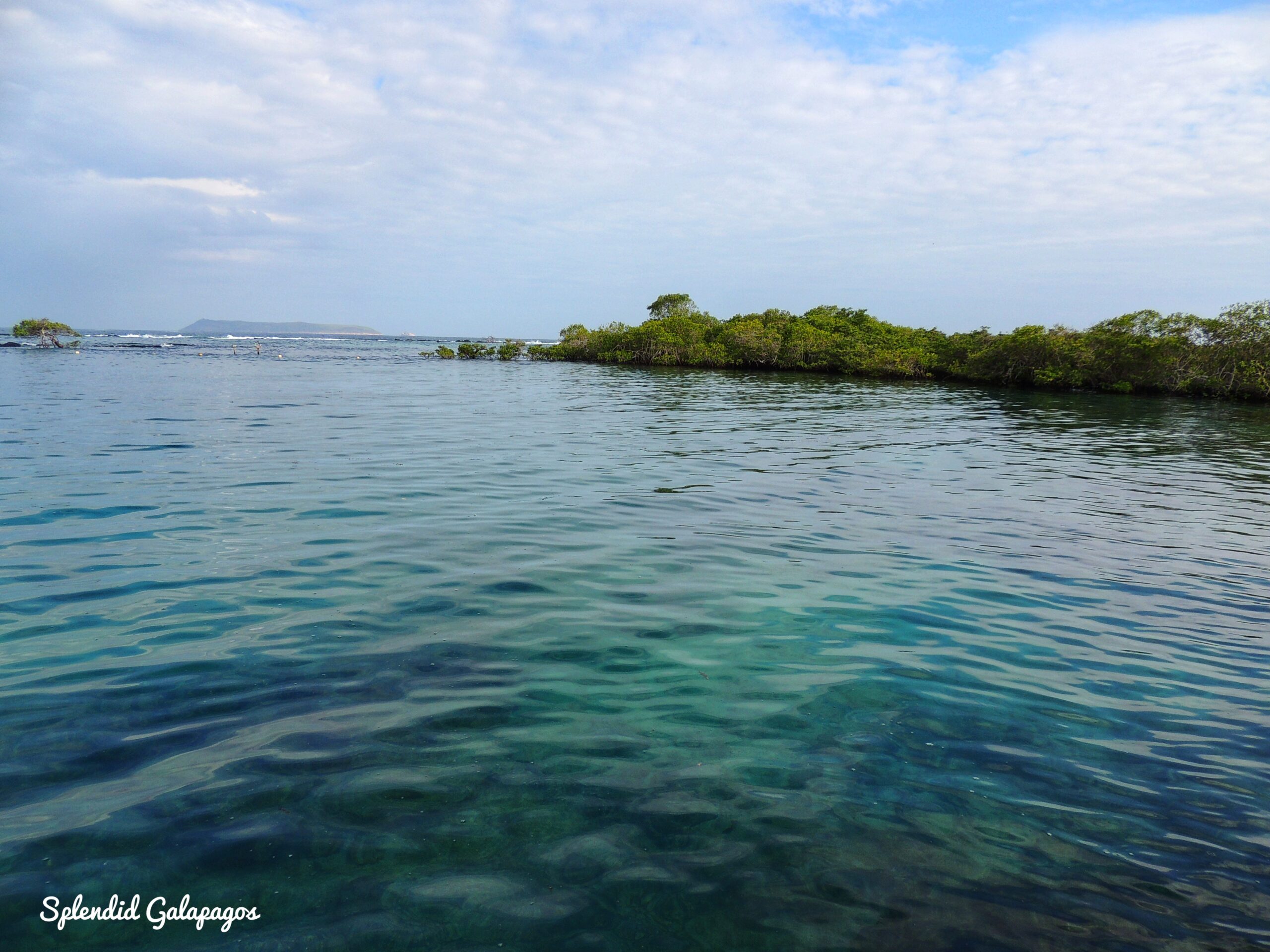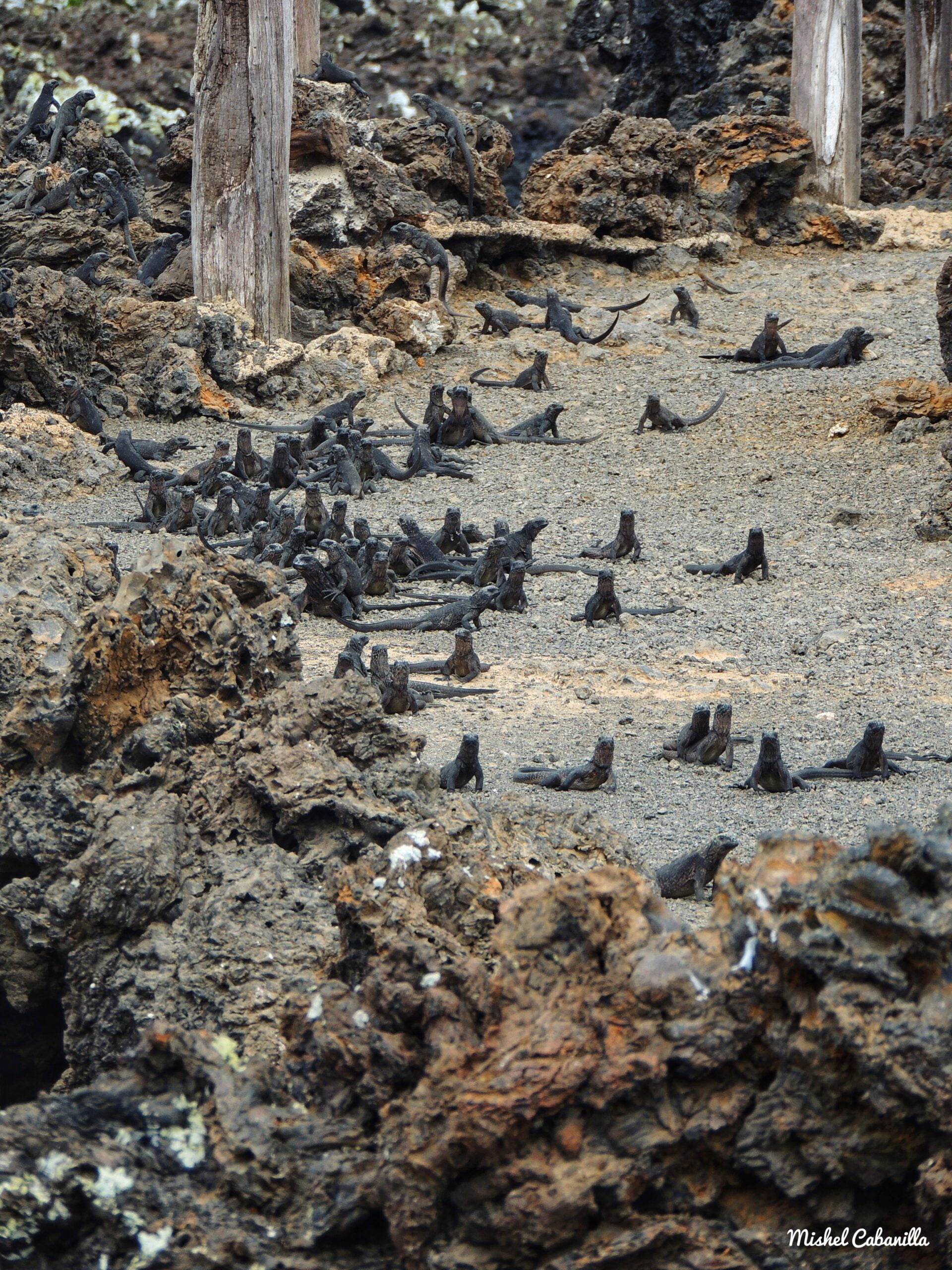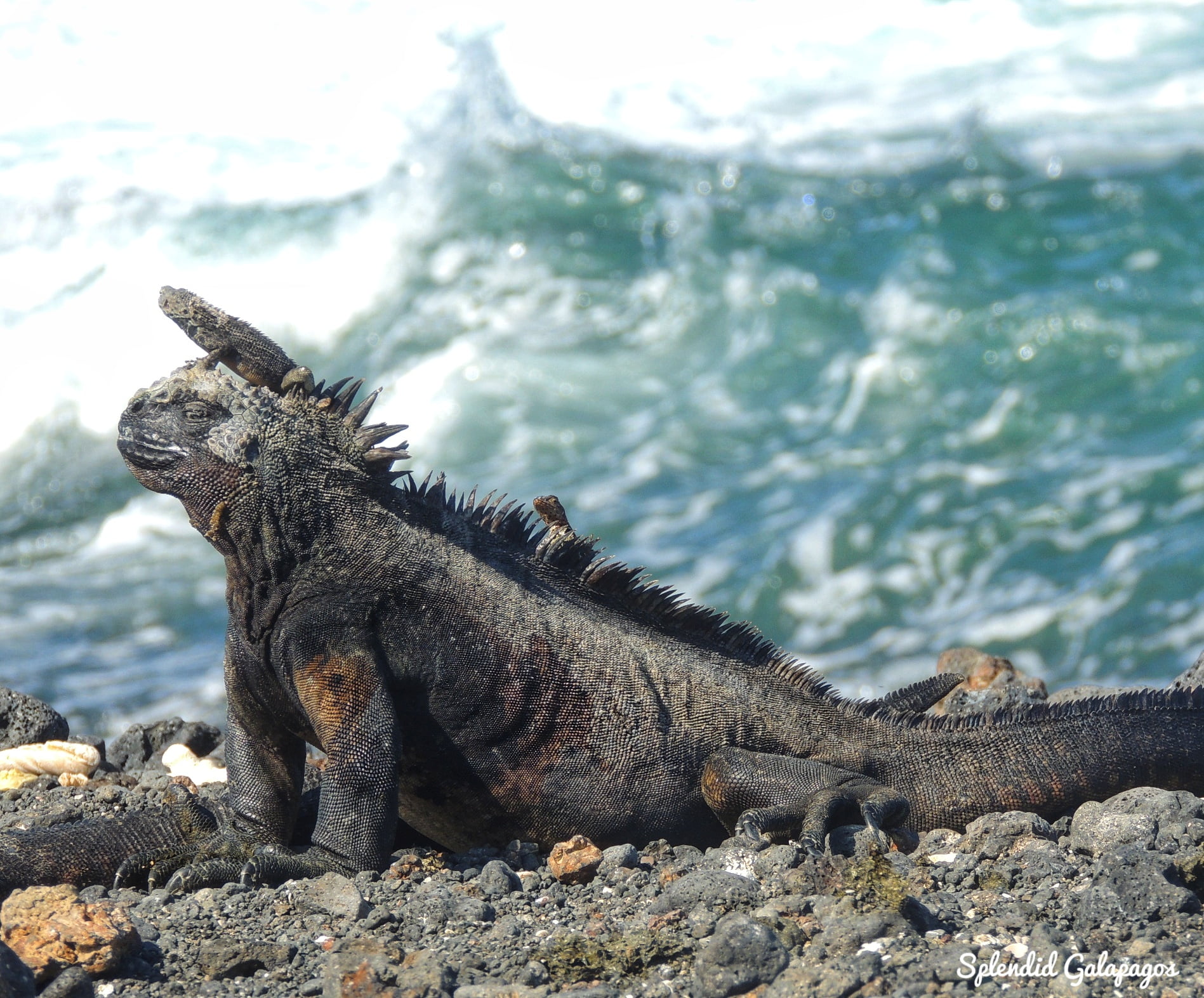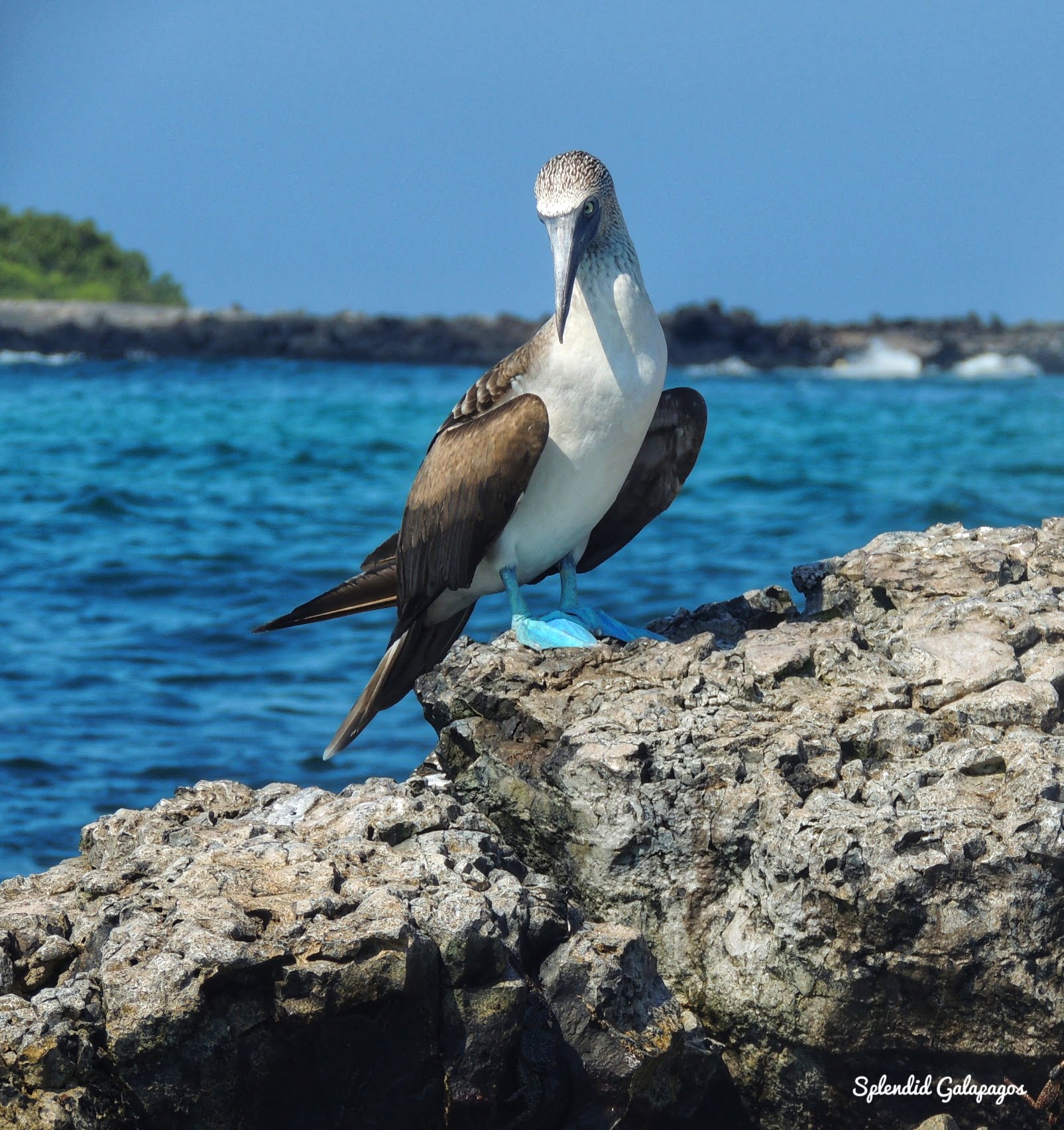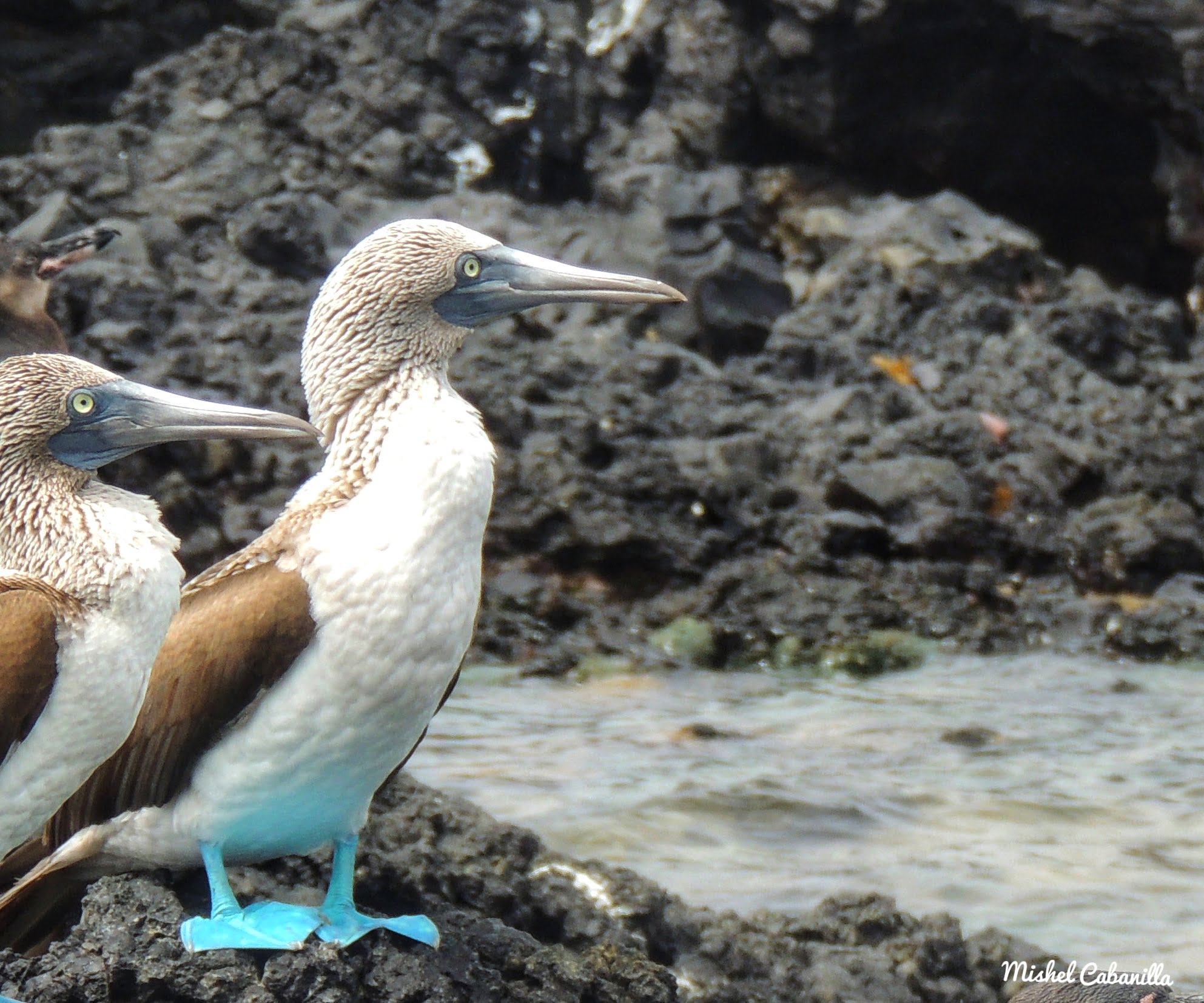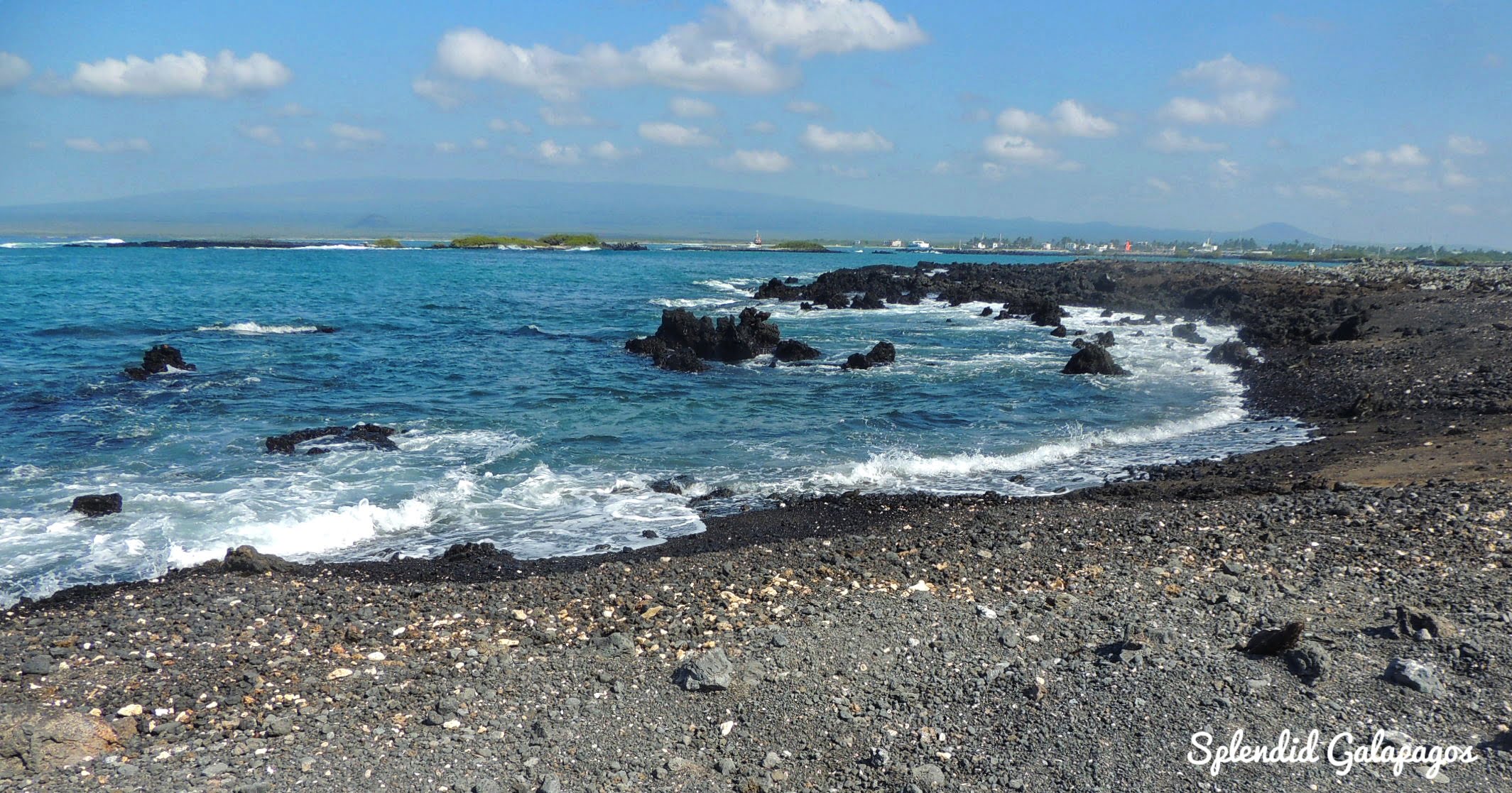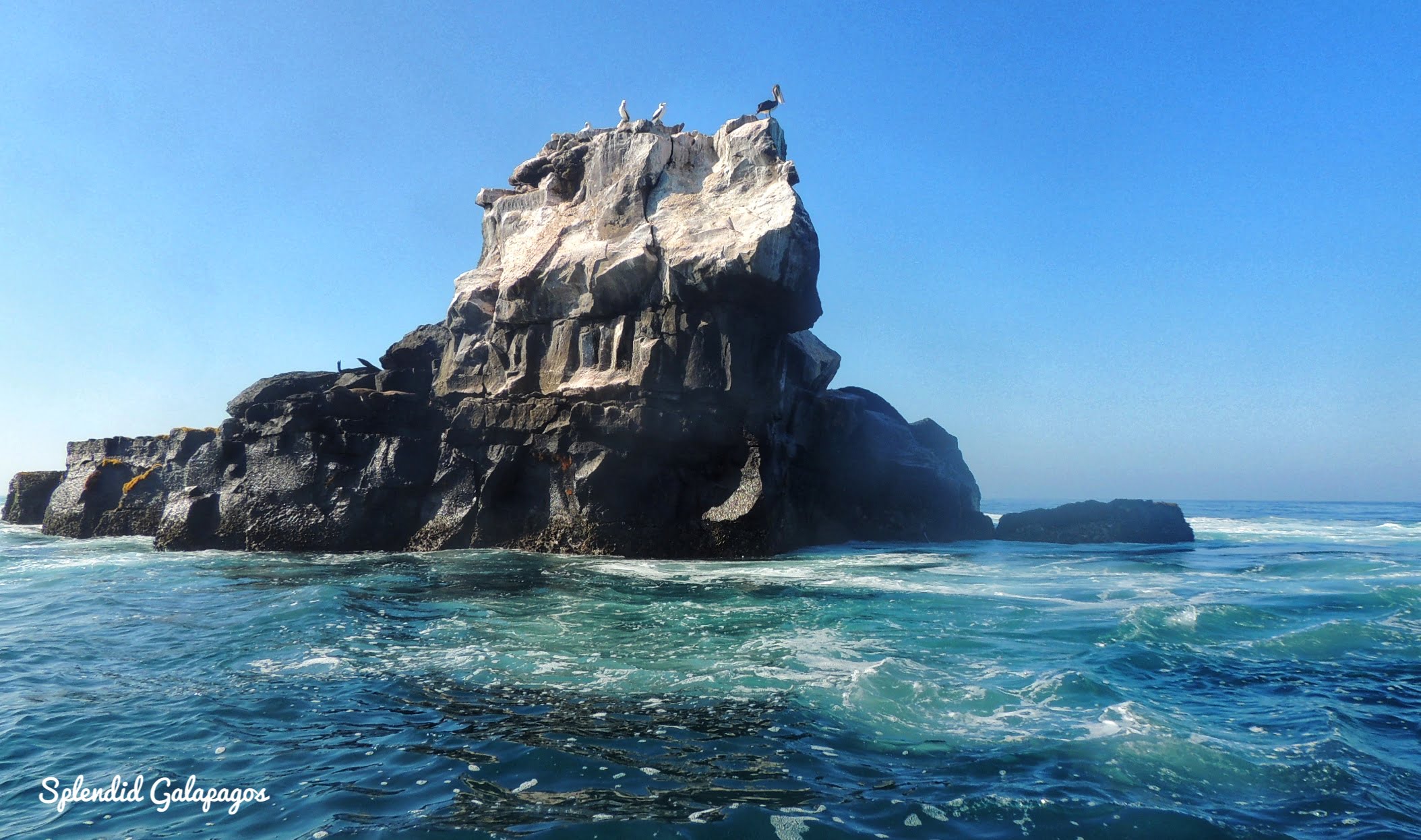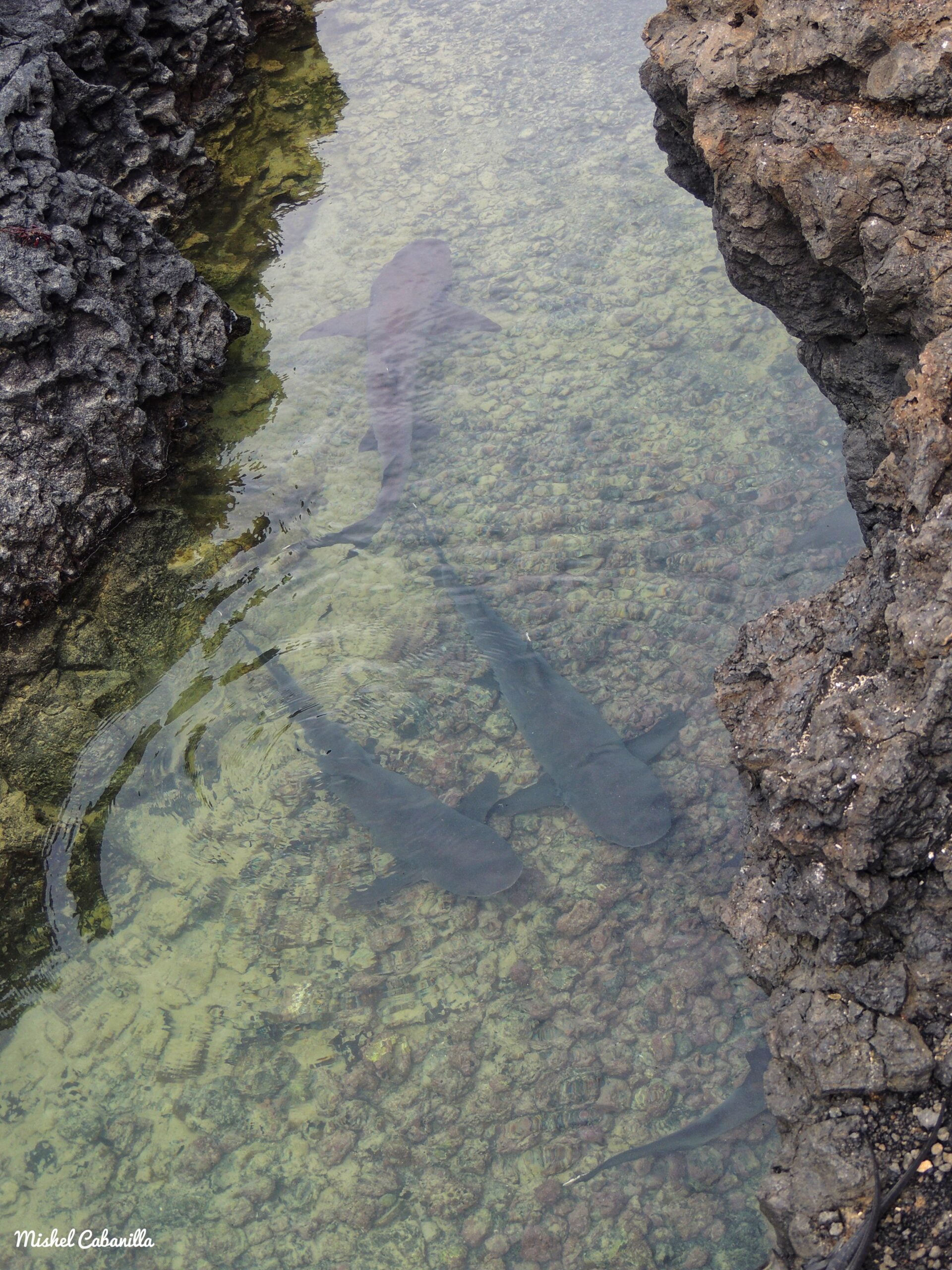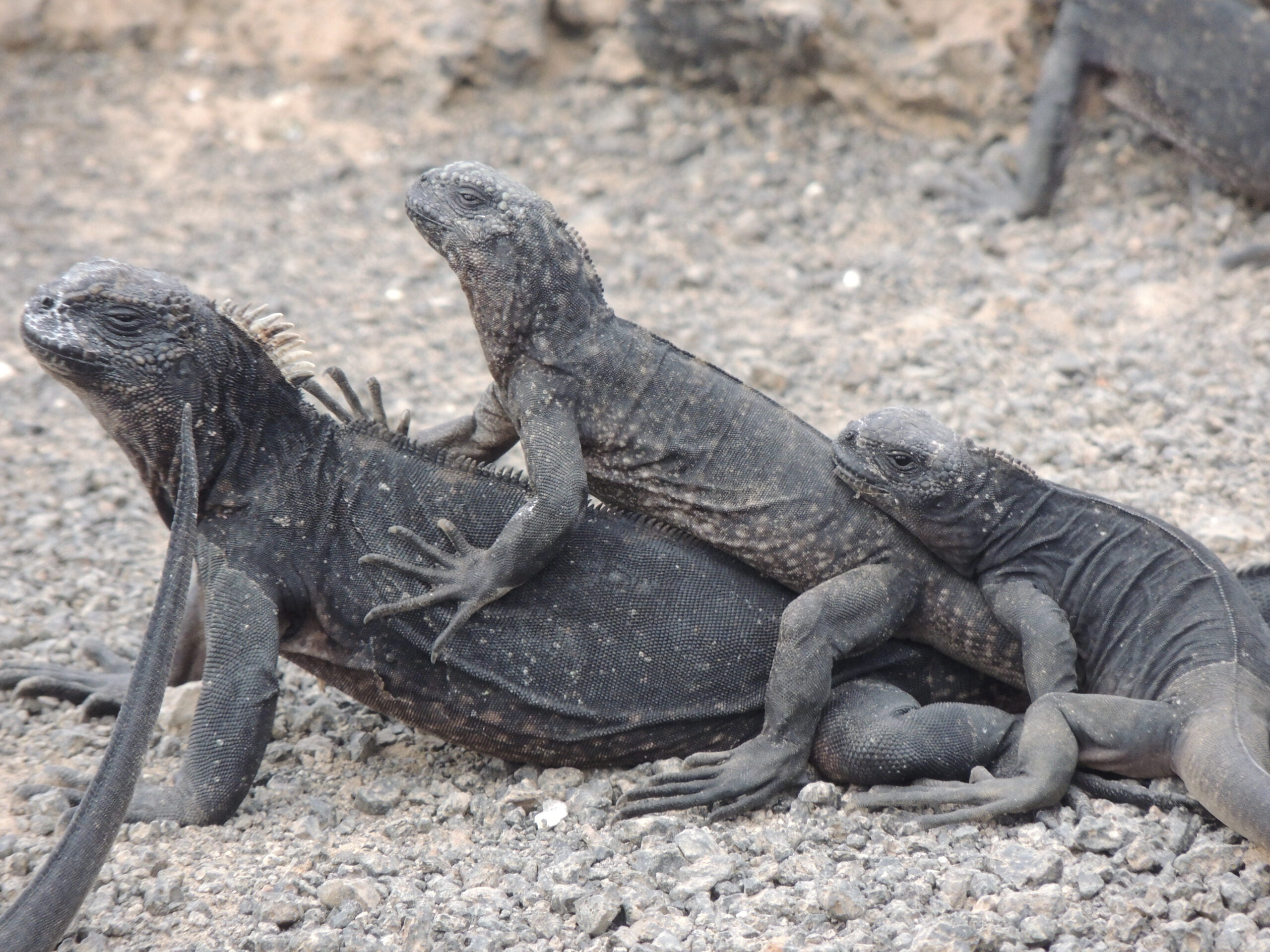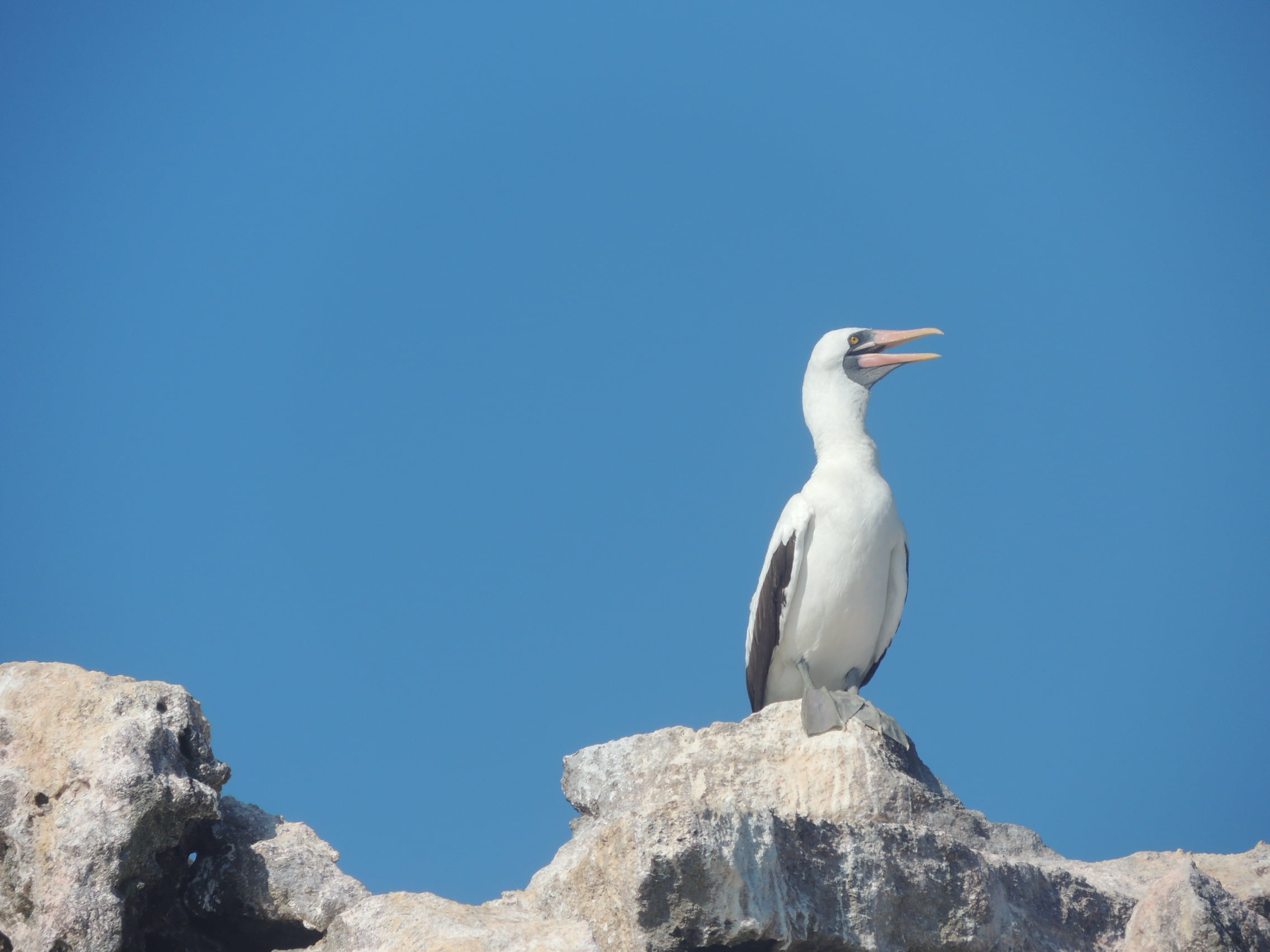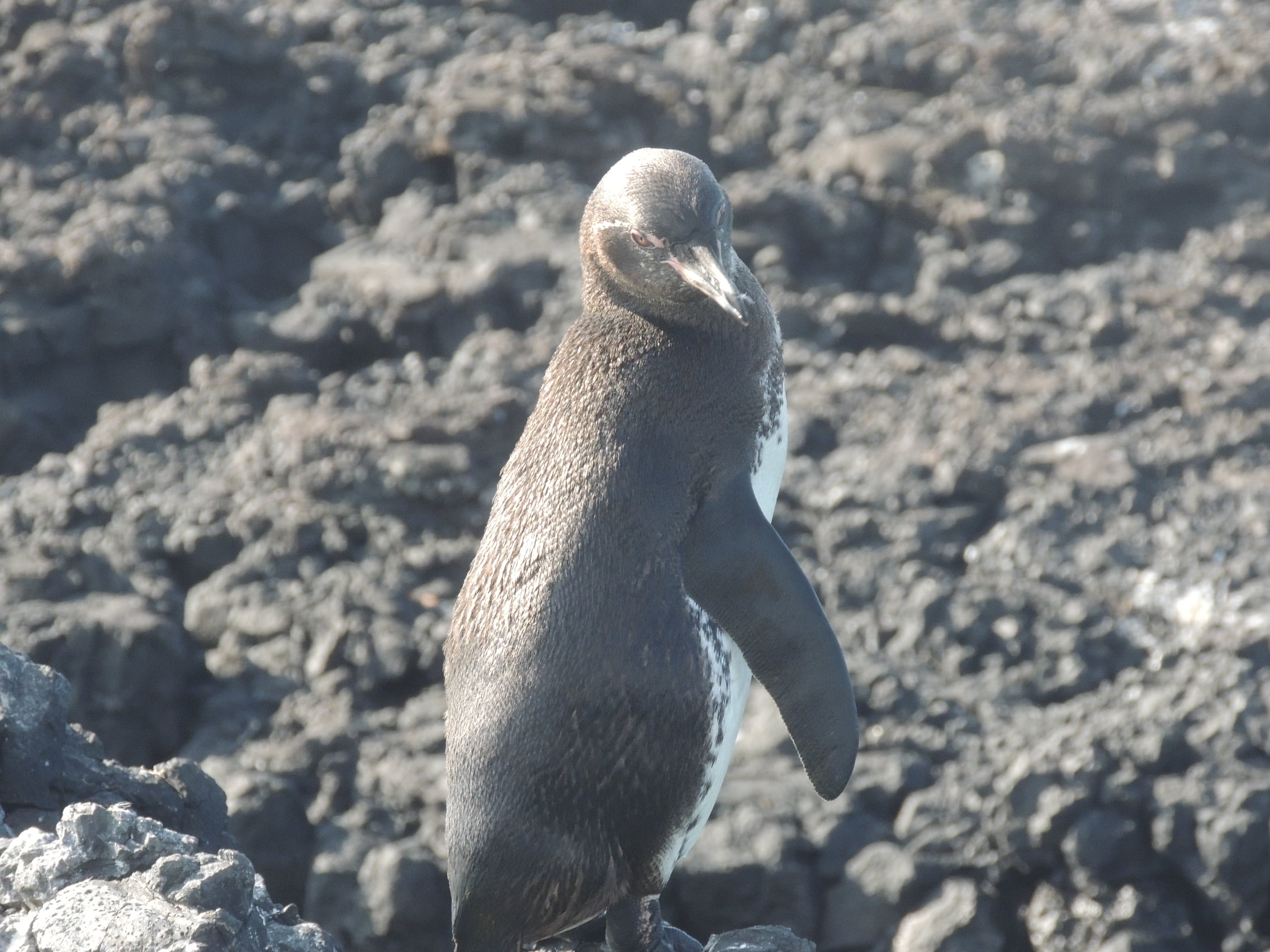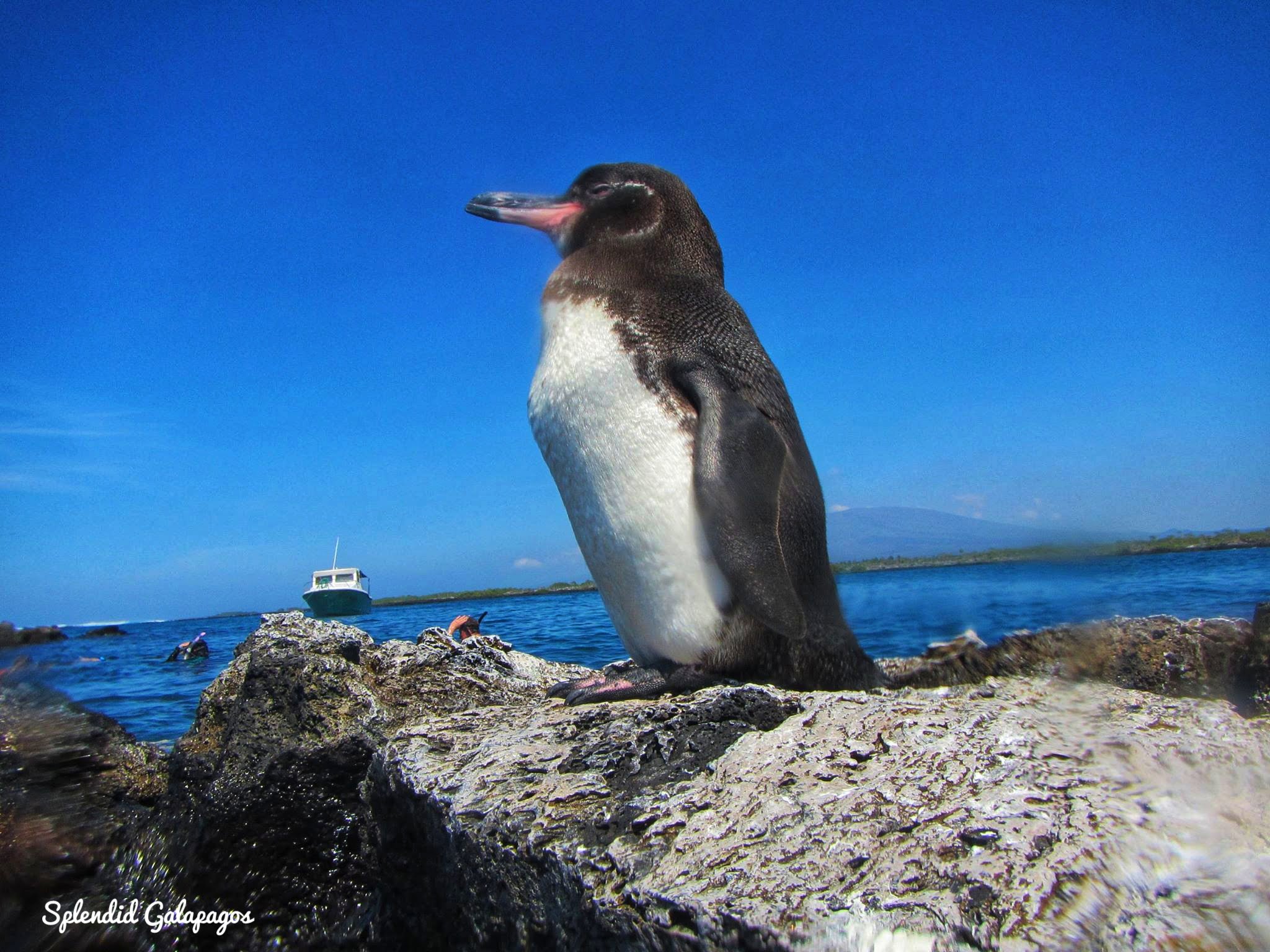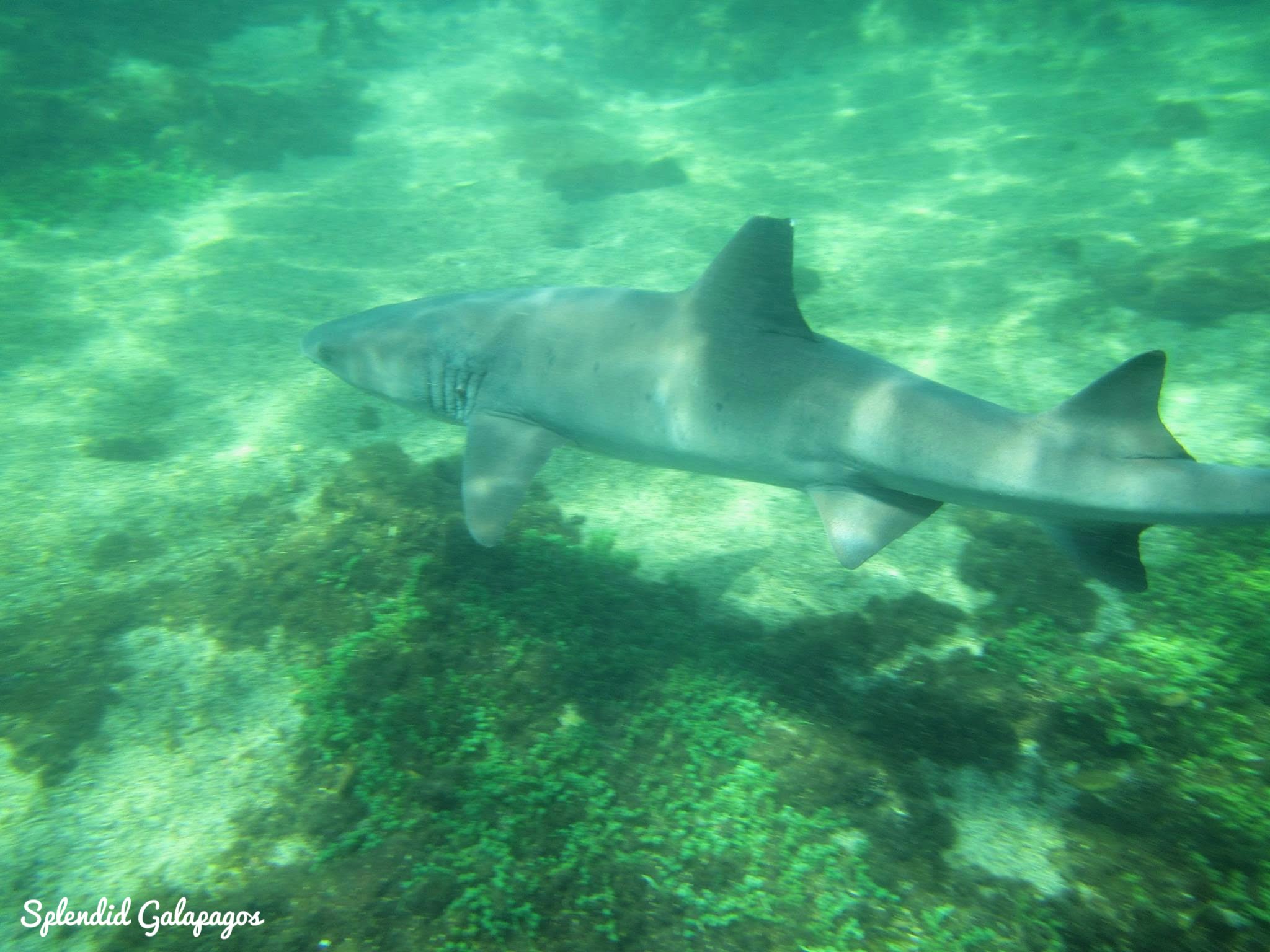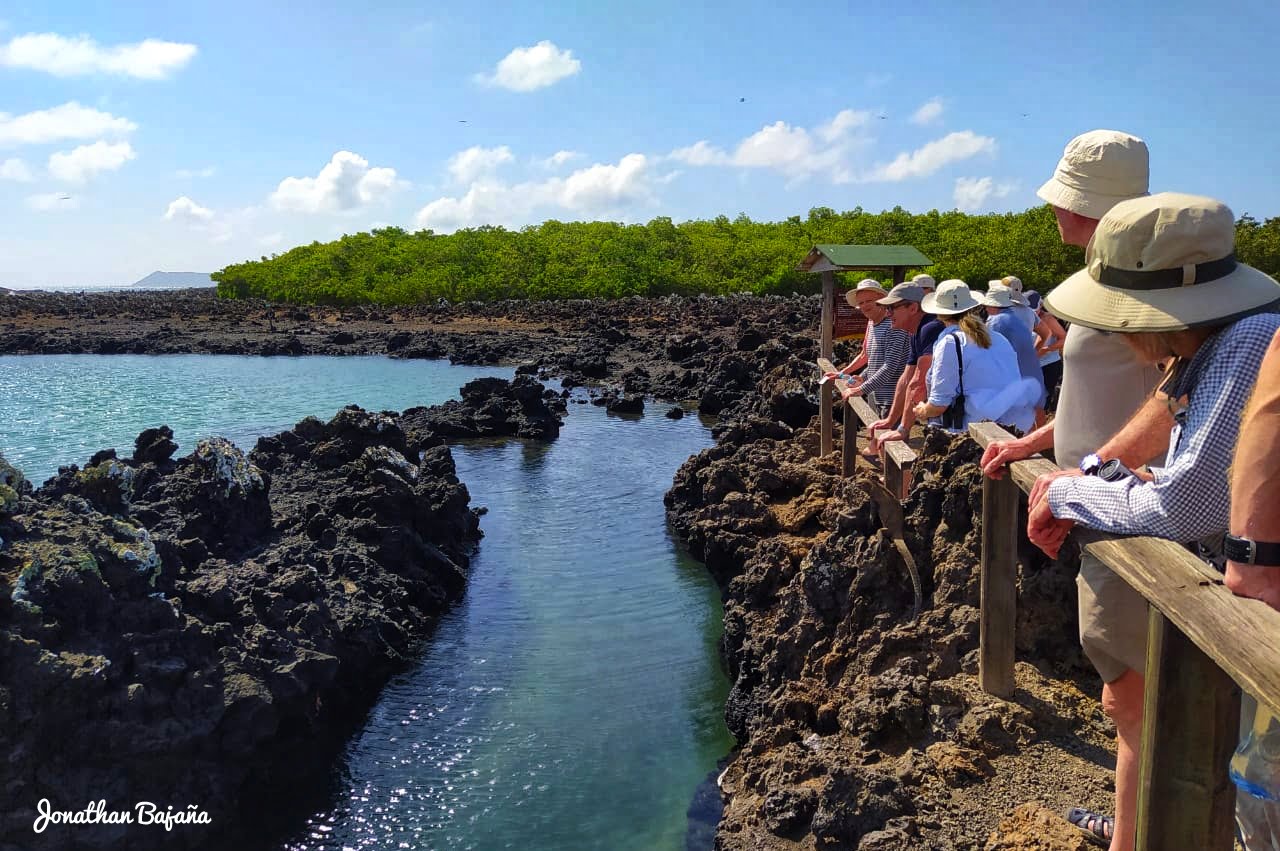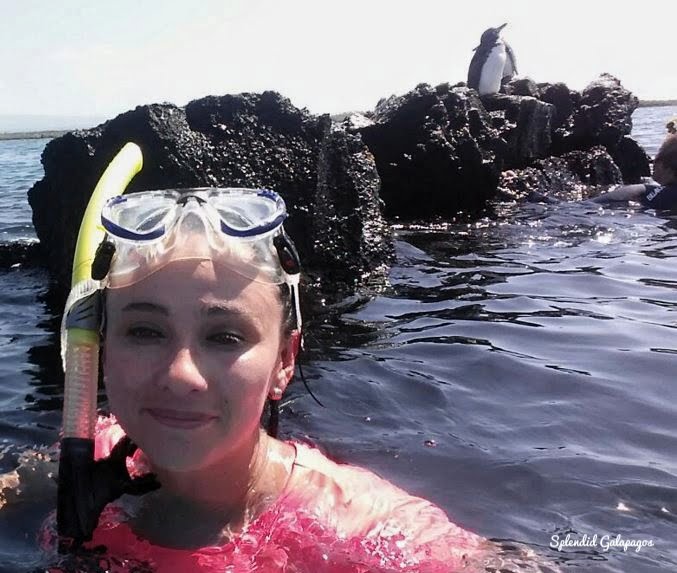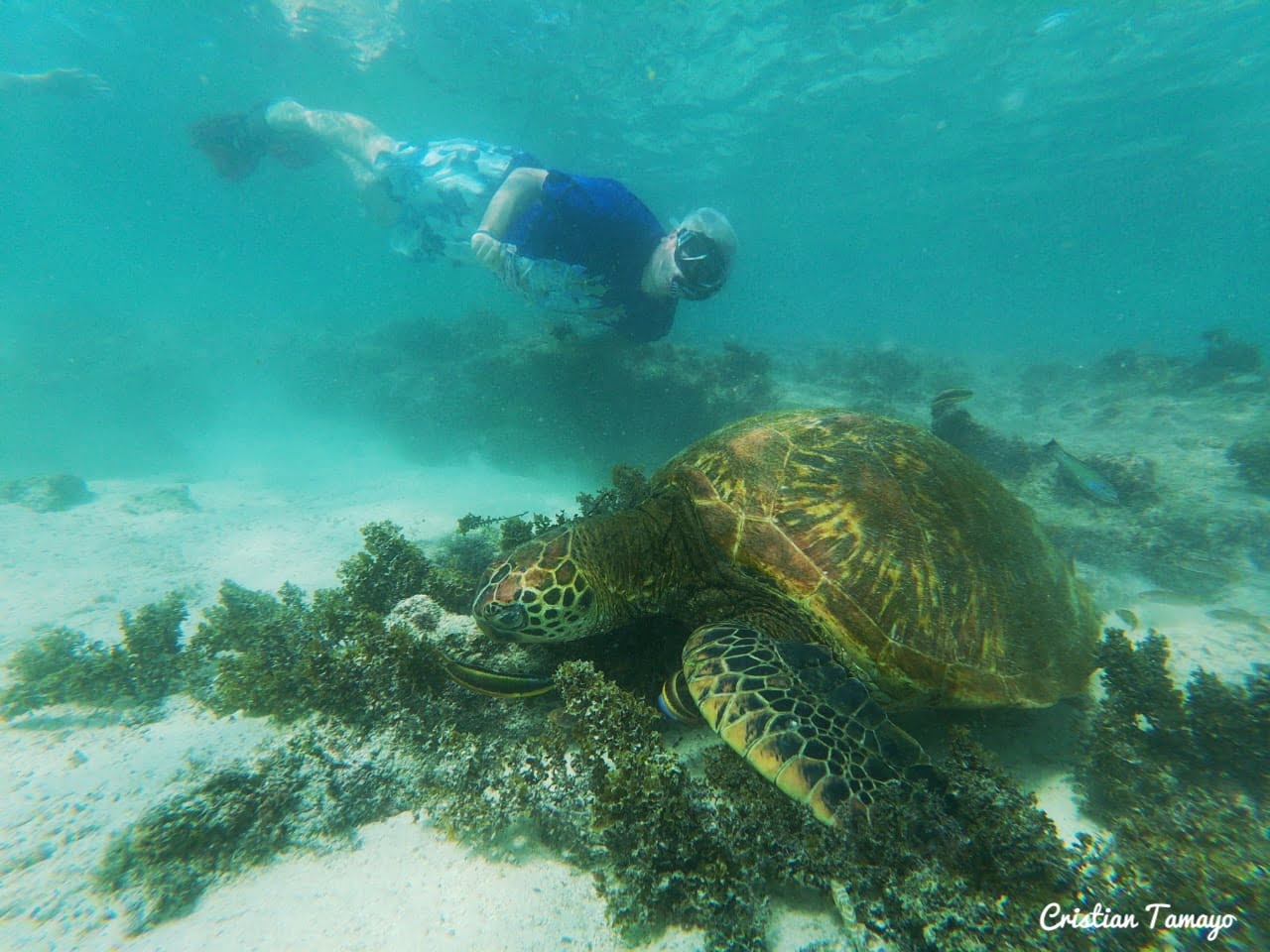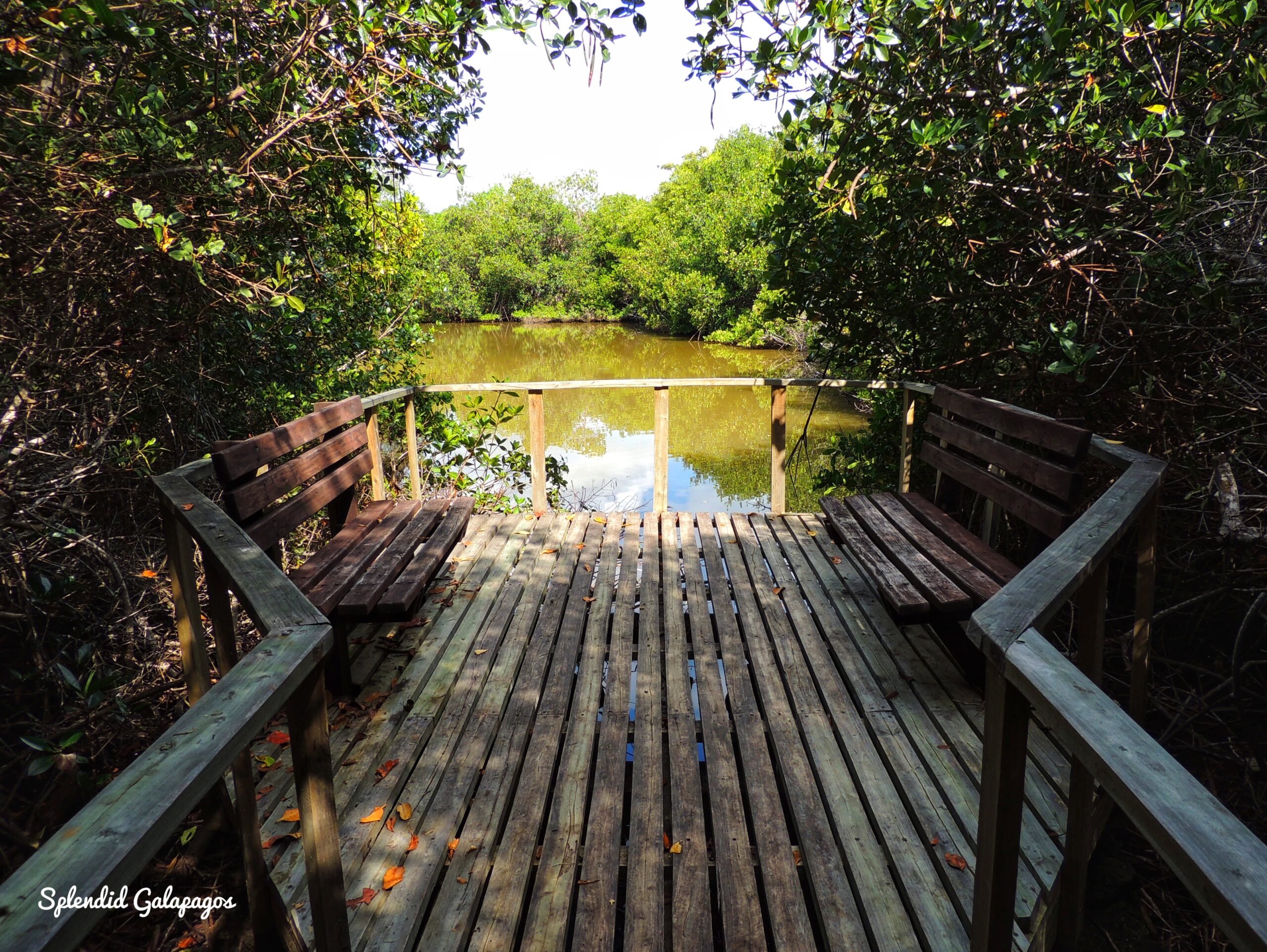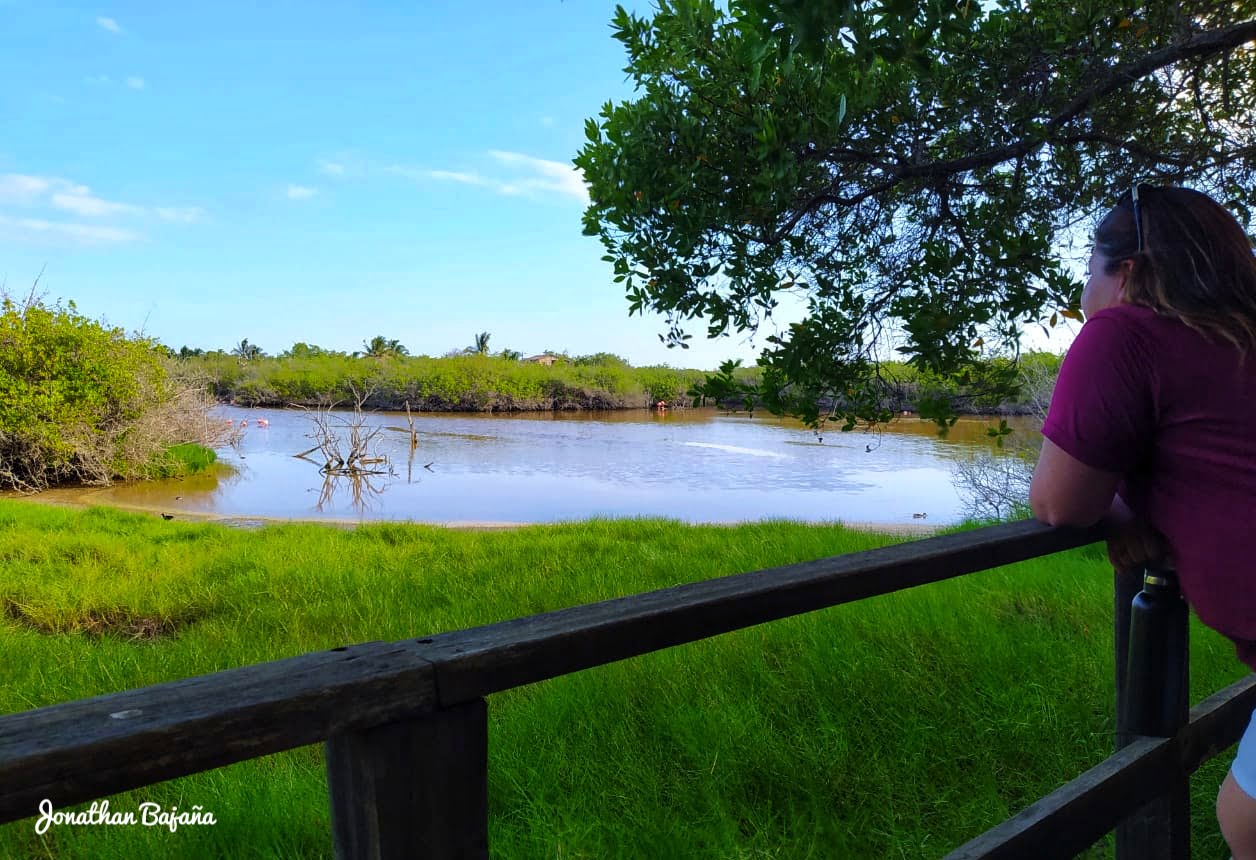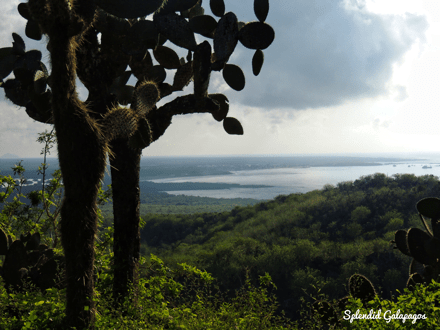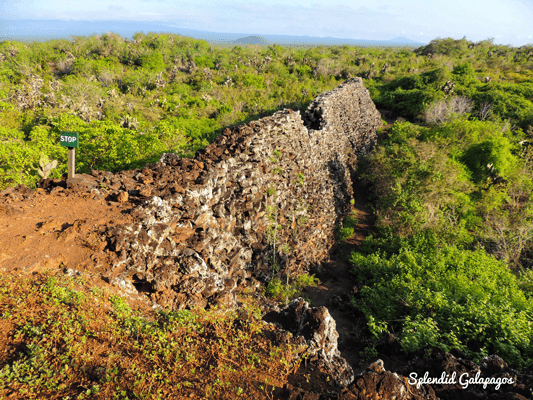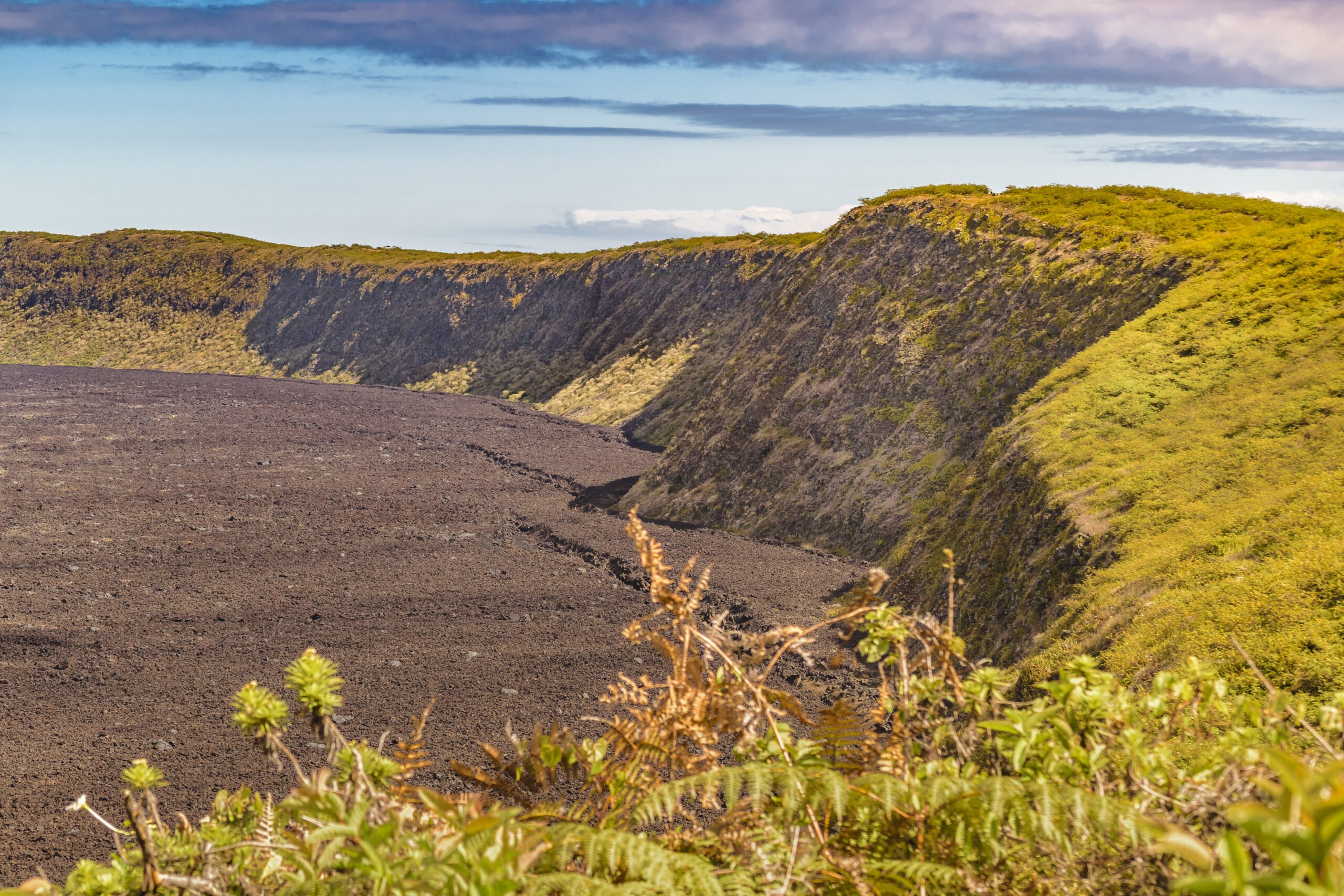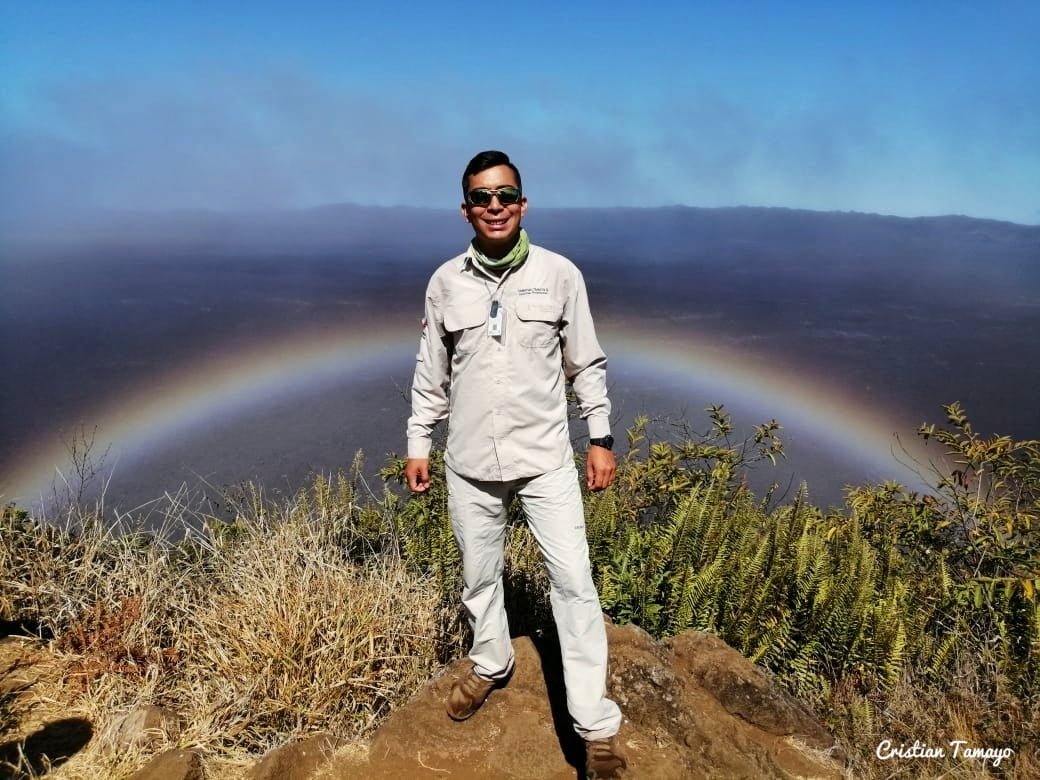ISABELA ISLAND
Isabela Island is situated in the northwest part of the Galapagos Islands. It is the largest island in the group and has a shape resembling a seahorse. This island is known for its significant volcanic activity, with six volcanoes present: Ecuador (which is inactive), Wolf, Darwin, Alcedo, Sierra Negra, and Cerro Azul (which are active). Isabela Island covers an area of 4670 square kilometers, reaches a maximum altitude of 5600 feet, and has a population of approximately 2,344 people. It is the only island in the Galapagos Archipelago that is crossed by the Equatorial Line.
Originally, Isabela Island was named “Albemarle” in honor of the Duke of Albemarle, one of the early explorers of the islands. It was later renamed “Isabela Island” in tribute to Queen Isabel I of Castile. Throughout history, the island faced challenges such as the introduction of non-native species, as well as encounters with pirates, whalers, buccaneers, and the first settlers who relied on land turtles for food and oil. Isabela Island was the third island in the Galapagos Archipelago visited by the scientist Charles Darwin during his famous expedition in 1835, where he studied the unique species found in the region.
The main city on Isabela Island is Puerto Villamil, a small port town inhabited by around 2,300 people. Its charm lies in the sandy streets, small hotels, bustling restaurants, and friendly locals. Visitors can also enjoy the beauty of the long, sandy beach with its soft sand. It is a wonderful place to explore and experience.
ARNALDO TUPIZA BREEDING CENTER
The Arnaldo Tupiza Turtle Breeding Center was established in 1993. This center focuses on the reproduction and breeding of tortoises in captivity. Its main goal is to help recover the populations of tortoises that have been negatively impacted in the past due to the introduction of non-native species, as well as the activities of pirates, whalers, and the early settlers who used them as a source of food and oil.
Currently, the center houses around 330 juvenile and adult tortoises from the southern Isabela populations. Many of these tortoises have faced challenges such as human poaching and nest disturbance by wild donkeys over the past 10 to 20 years. However, they are now protected and cared for by the dedicated staff of the Galapagos National Park. Visiting this center provides a unique opportunity to witness and interact with these marvelous creatures.
In addition to the turtle breeding facilities, the center also features a botanical garden and a forest nursery. These areas are dedicated to the breeding and preservation of native and endemic plant species found in the Galapagos Islands. It is a wonderful place to learn about the diverse flora and fauna of the region while supporting conservation efforts.
CABO ROSA TUNNELS
This is the most breathtaking snorkeling spot on Isabela Island, known for its incredibly clear and shallow waters, creating a true sea sanctuary. Millions of years ago, volcanic lava flows shaped numerous arches and tunnels, making it one of the most diverse locations in terms of marine life in the Galapagos Islands.
The adventure begins in Puerto Villamil, where you embark on a thrilling 45-minute boat ride. The first stop is at Roca Union, located in the open sea. Here, you’ll have the opportunity to observe blue-footed boobies, Nazca boobies, brown pelicans, penguins, Zayapas (a type of fish), and iguanas up close, as they gather near the boat.
Next, we’ll make a second stop to explore the stunning lava formations. While walking along these formations, you can spot sea lions resting on the rocks or playfully interacting near the lava tunnels. You’ll also encounter cacti that have adapted to this unique volcanic environment.
Our final stop will be an exhilarating snorkeling experience in open water. Prepare to dive into a mesmerizing underwater world, swimming alongside white-tipped sharks, manta rays, penguins, sea lions, sea turtles, sea horses, lobsters, sea snakes, and many other tropical species.
Get ready for an unforgettable journey into the depths of the ocean, where the vibrant and diverse marine ecosystem of Isabela Island awaits you
FLAMINGOS POND
In Puerto Villamil, some lagoons harbor a variety of sea birds and the largest concentration of flamingos in the Galapagos Islands. The flamingos are very attractive by their long legs, pink color, their unique and elegant walking, and the way they catch up their food under the mud using their beak. The estimated population is around 500 of these birds in the archipelago.
CONCHA PERLA
Concha de Perla is a natural pool with calm and clear seawater located a few meters from the “El Embarcadero” Pier. Concha de Perla has a circular structure naturally formed by rocks, through which the sea enters, giving rise to an ideal attraction for swimming and snorkeling in calm waters with tropical fish, marine iguanas, sea lions, marine turtles, and penguins. You can reach this place by a short walk through a wooden pathway surrounded by marvelous mangroves.
TINTORERAS
Tintoreras Islet is located to the south of Puerto Villamil, 10 minutes approximately by dinghy ride. Tintoreras is a group of small islets on the coast, surrounded by turquoise water that provides habitat for White-tip Reef Sharks, Galapagos Green Turtles, Sea Lions, Marine Iguanas, Rays, and other tropical species. Around the rocks, we can see Great Frigatebirds, Galapagos Penguins, and Red-footed Boobies. We can also observe some species of flora such as White mangroves, Buon mangroves, Leatherleaf, and Saltbush. The bay is connected to a shallow crevice of crystalline water that is frequented by sharks and the best thing is that you can swim with them. Tintoreras is one of the few places where the reproduction of iguanas is successful due to the absence of introduced animals that could kill juveniles.
WETLANDS
The Wetlands of Isabela Island encompass a collection of diverse visitation sites that can be explored by following a natural trail surrounded by mangroves and pools. These wetlands are home to a rich array of animal species, including the Yellow Warbler, the Nightingale of the Galapagos, the Lava Gull, Marine iguanas, American oystercatchers, cactus finches, large ground finches, medium ground finches, small ground finches, blue-footed boobies, and sand finches.
Moreover, the wetlands boast an abundant variety of plant life, such as Mezquite trees, Leatherleaf bushes, Candelabra Cacti, White Mangroves, Button Mangroves, Black Mangroves, Red Mangroves, Salars (salt bushes), Galapagos Carpetweed, and Nopal cacti. Exploring these wetlands offers an opportunity to witness the remarkable biodiversity of Isabela Island, observing fascinating bird species, unique reptiles, and a wide range of captivating plant species.
WALL OF TEARS
The Wall of Tears, situated 6 km away from Puerto Villamil, holds a significant historical legacy of the Galapagos Islands and serves as a memorial to the time when it served as a US military base from 1941 to 1946, during the Second World War. Once the war concluded, the military base was abandoned. Subsequently, from 1946 to 1959, the former president of Ecuador, José María Velasco Ibarra, established a Penal Colony, housing 300 dangerous Ecuadorian prisoners. These prisoners were subjected to harsh conditions and were forced to carry lava rocks on their shoulders, stacking them to construct a wall, now famously known as the “Wall of Tears.” The intention behind this cruel task was to punish the prisoners and drain their energy, preventing any rebellions or uprisings.
The Wall of Tears, comprised entirely of lava rocks, stands at an impressive height of 7 meters, stretches about 100 meters in length, and measures 3 meters in width. This wall stands as a haunting testament to the suffering endured by many prisoners during that period.
To reach this historical site, we recommend embarking on a bicycle adventure. The journey takes approximately 3 hours round trip. Along the way, you’ll pass through the beautiful beach area and follow a path surrounded by mangroves and lagoons. Eventually, you’ll traverse the arid landscape until you arrive at the imposing Wall of Tears.
Visiting the Wall of Tears allows you to witness a tangible piece of the Galapagos Islands’ history and gain insights into the difficult past endured by the prisoners.
SIERRA NEGRA
Sierra Negra Volcano is an incredibly stunning and massive caldera, making it one of the most impressive volcanoes in the Galapagos Islands. In fact, it is considered the second-largest caldera in the world. The crater spans 10 km from north to south and 9 km from east to west. Known for its geological significance, Sierra Negra is also one of the most active volcanoes in the Galapagos, with its most recent historic eruption occurring on June 26th, 2018. The volcano has a distinctive bowl-shaped morphology, making it a truly unique destination for geology enthusiasts.
While exploring Sierra Negra, you’ll have the opportunity to observe various bird species, including the Yellow Warbler, Dark-billed Cuckoo, Galápagos Mockingbird, Galápagos Hawk, Tyrant Flycatcher, Galápagos Flycatcher, Large Tree Finch, and Small Ground Finch. Additionally, you’ll encounter a variety of plant species, such as Guayabillo, Galápagos pisonia, Heart-leafed Scalesia, and many more.
Visiting Sierra Negra Volcano requires a 40-minute drive from Puerto Villamil, followed by a 45-minute hike or horseback ride to reach the volcano’s summit. The journey to this remarkable site is well worth the effort, as you’ll be rewarded with breathtaking views and the chance to witness the awe-inspiring beauty of this natural wonder.
THE SUCRE CAVE
The Sucre Cave is situated 14 kilometers away from Puerto Villamil, in the agricultural region of the island. This site, managed by the Galapagos National Park, offers a 480-meter-long trail where visitors can explore the lush vegetation of the humid zone, a lava tunnel, and a forest nursery. The main objective of this area is to remove introduced species, replant native and endemic plants, and restore the humid forest in this agricultural zone.
During your visit, you’ll have the opportunity to observe various bird species, including the Galápagos Mockingbird, Galápagos Hawk, Tyrant Flycatcher, Large Tree Finch, Small Tree Finch, Woodpecker Finch, Warbler Finch, Large Ground Finch, Medium Ground Finch, and Small Ground Finch. Additionally, you’ll encounter a diverse range of plant species such as the Heart-leafed Scalesia, -the in-leafed Darwin’s shrub, and Galápagos Tree Fern.
Exploring the Sucre Cave allows you to immerse yourself in the natural beauty of the Galapagos Islands while supporting conservation efforts. By witnessing the unique flora and fauna in this area, you’ll gain a deeper appreciation for the importance of preserving and restoring the island’s delicate ecosystems.
oes Here

